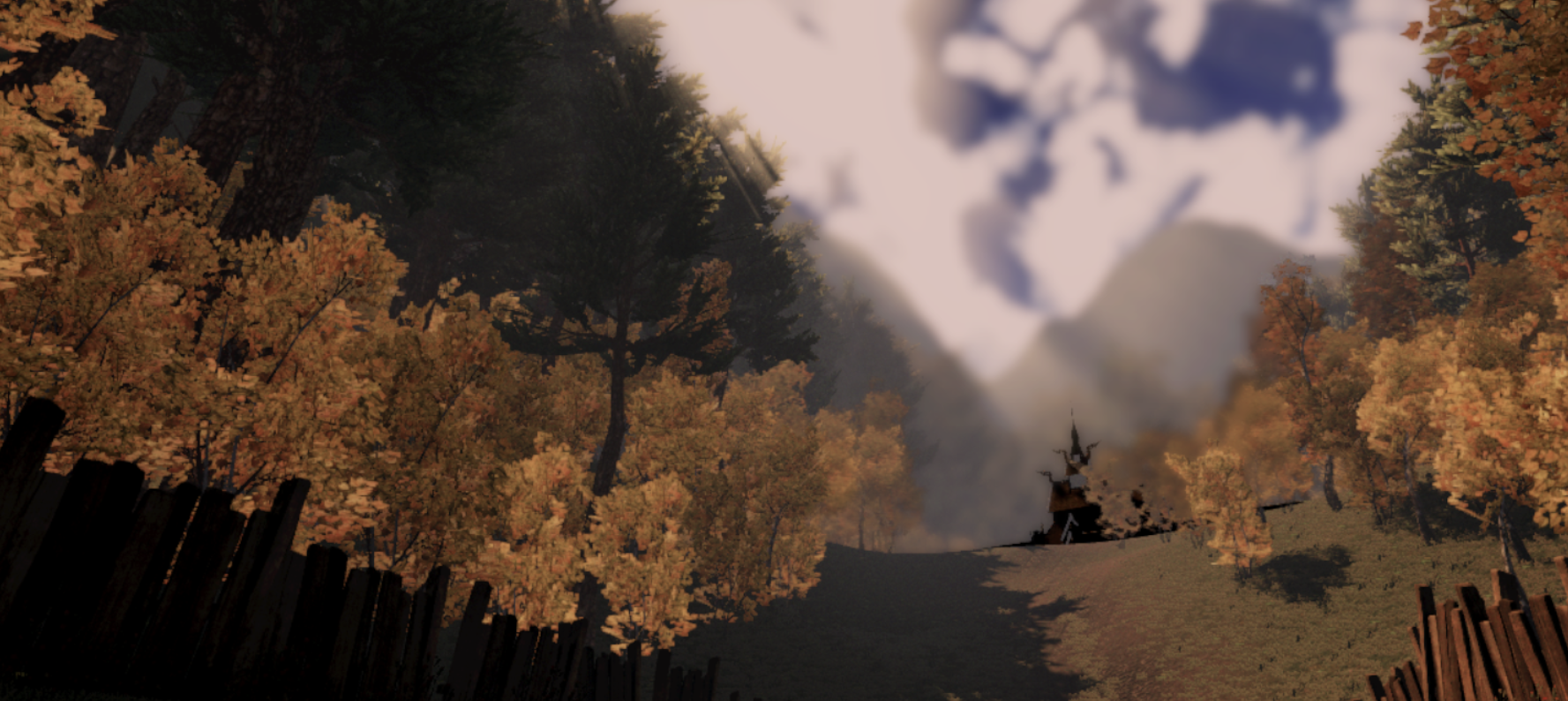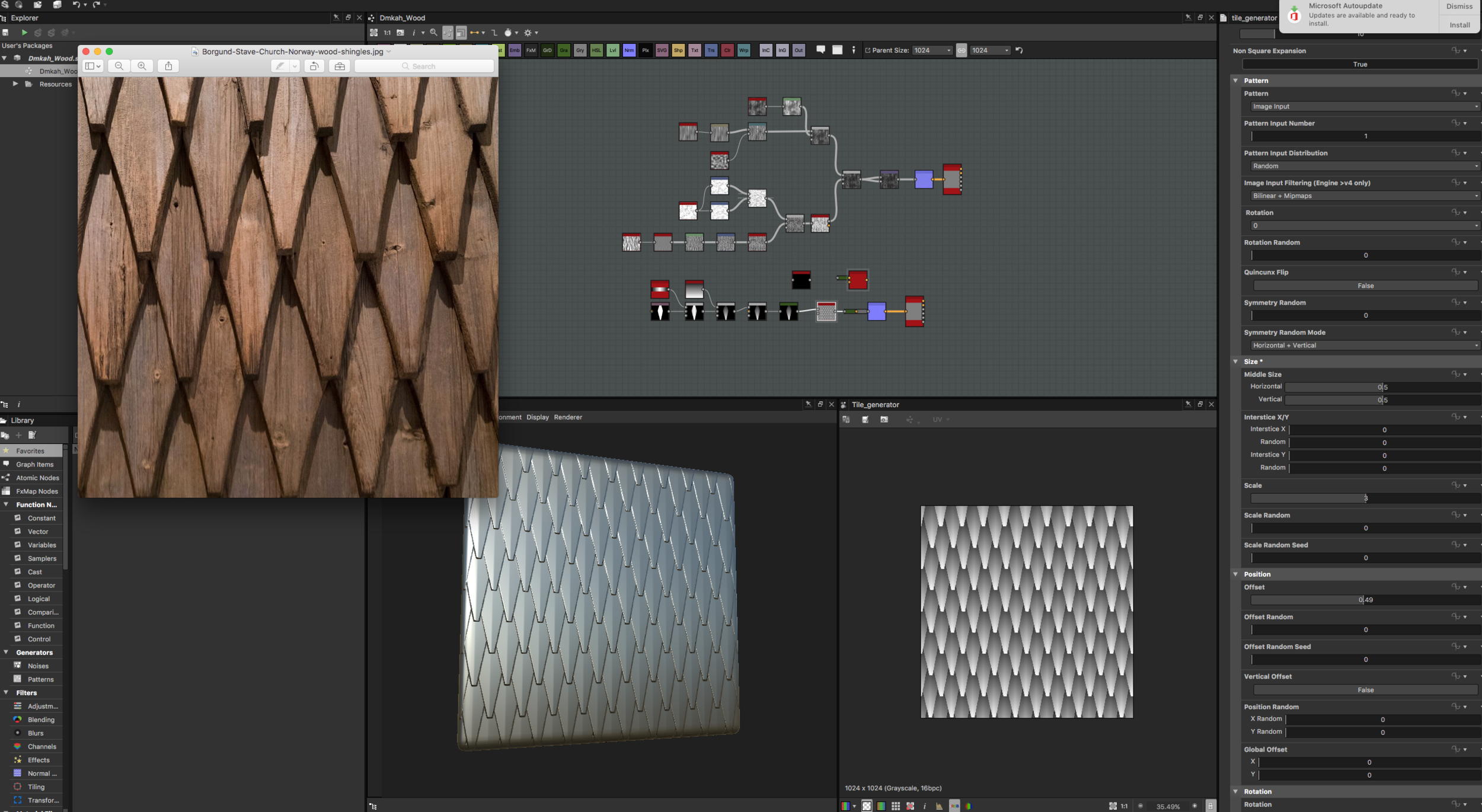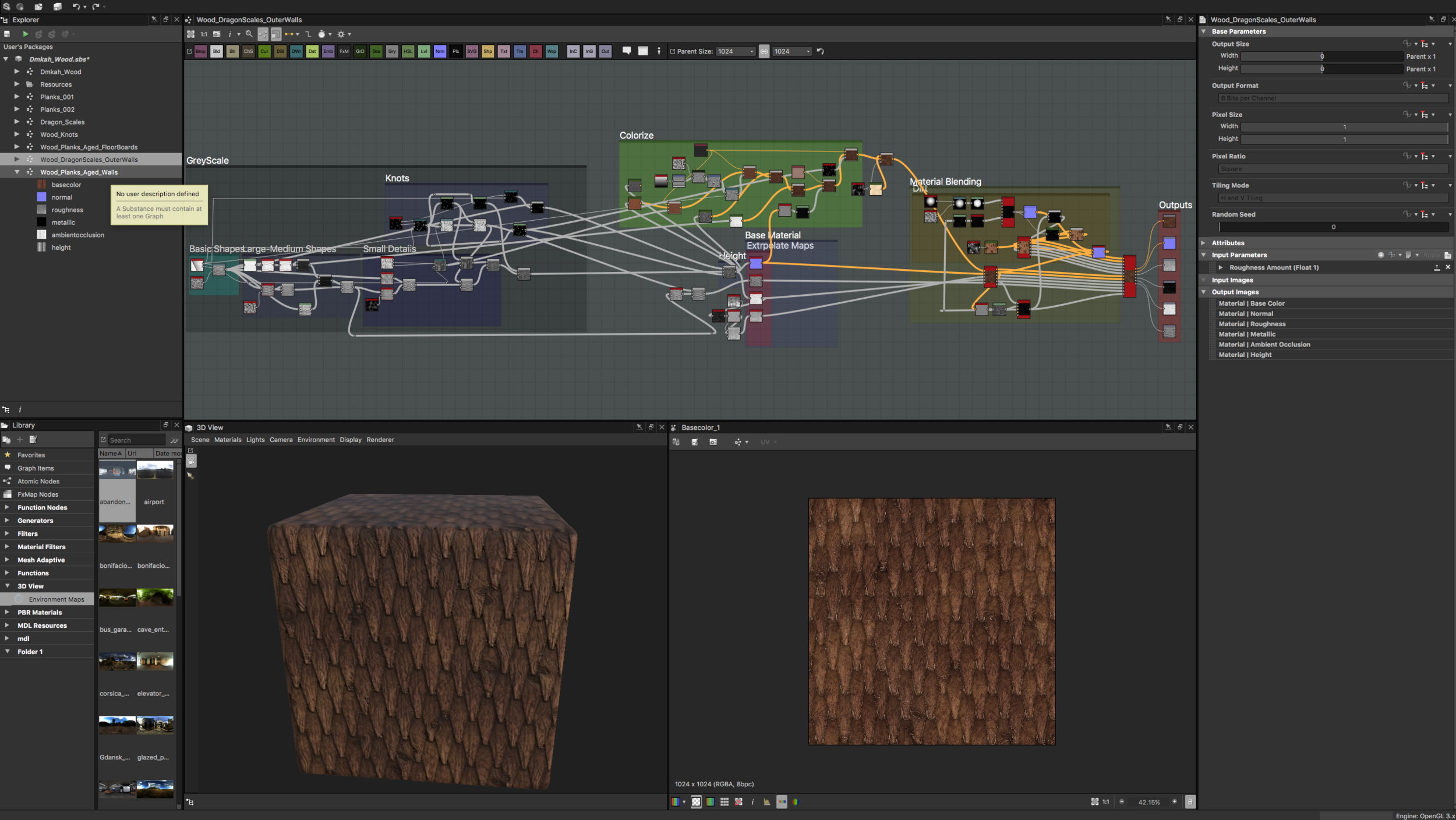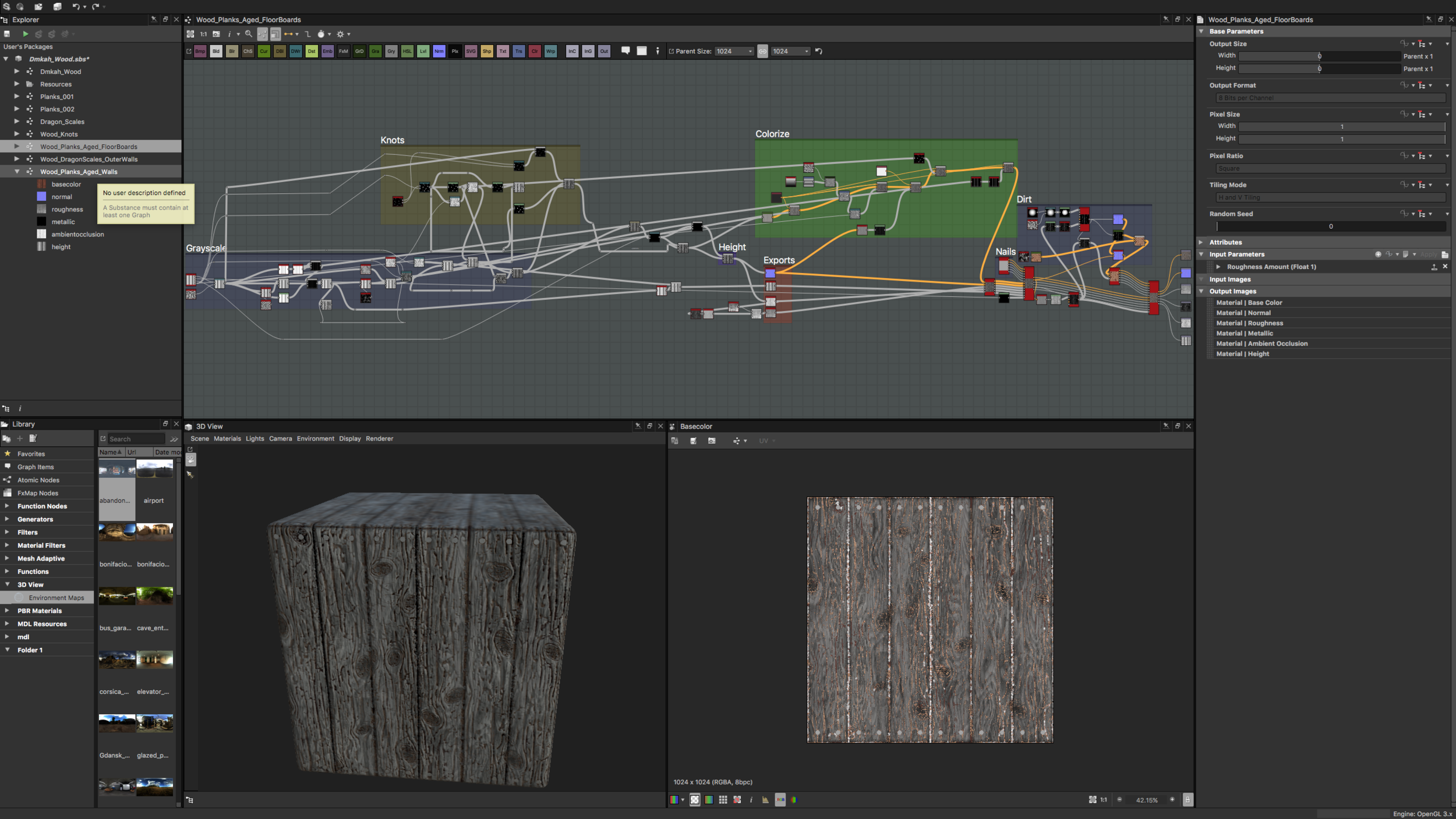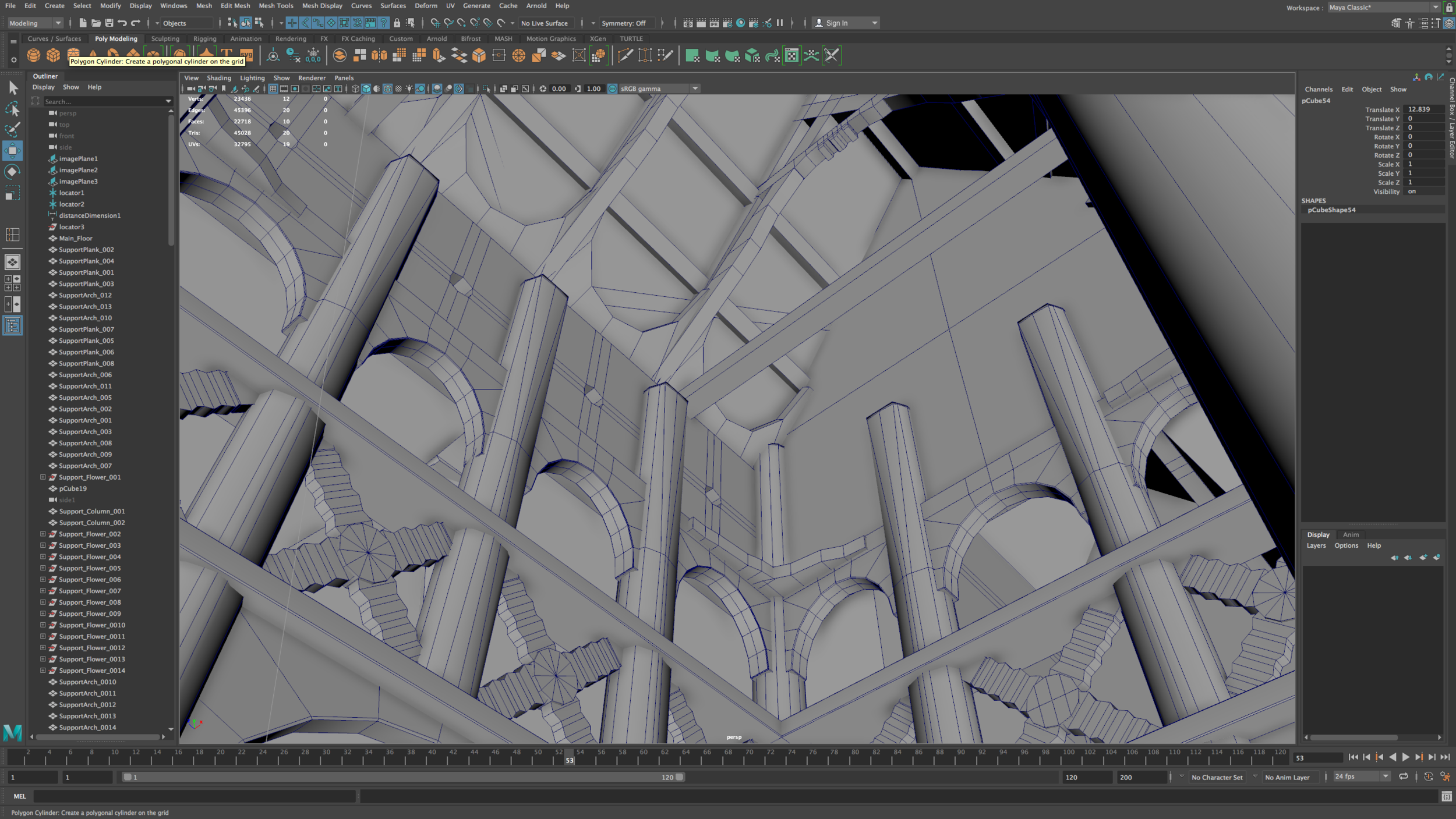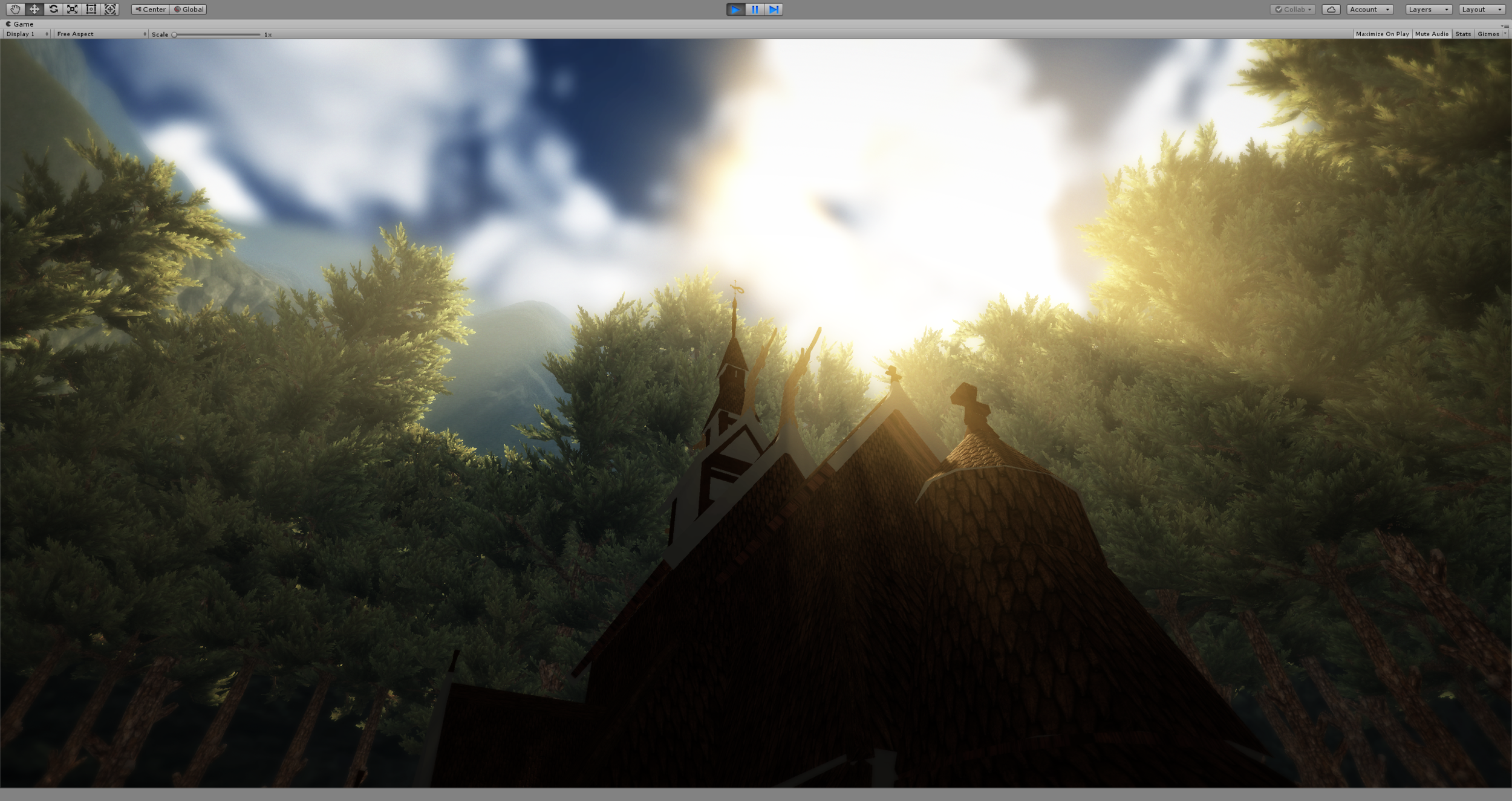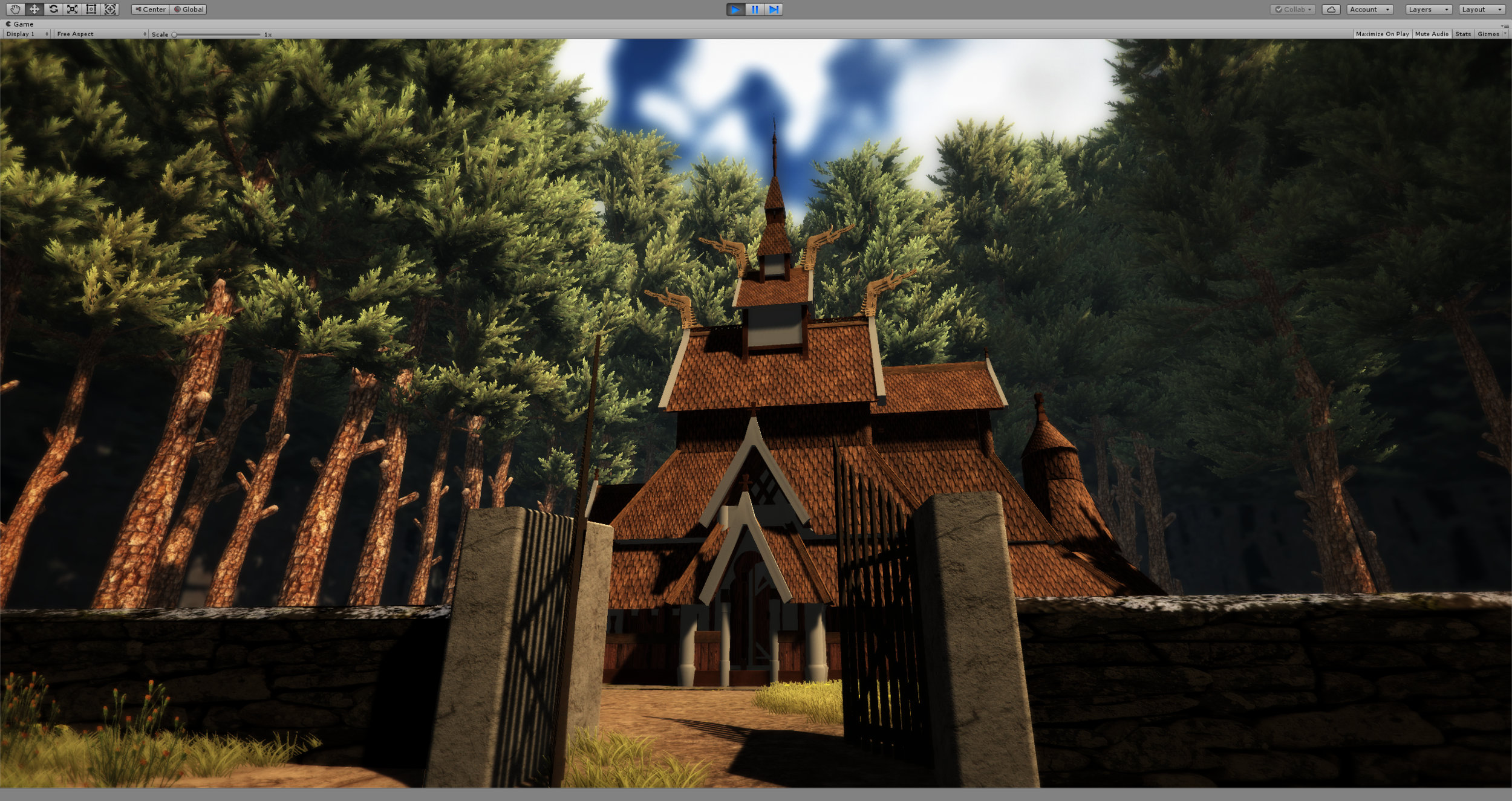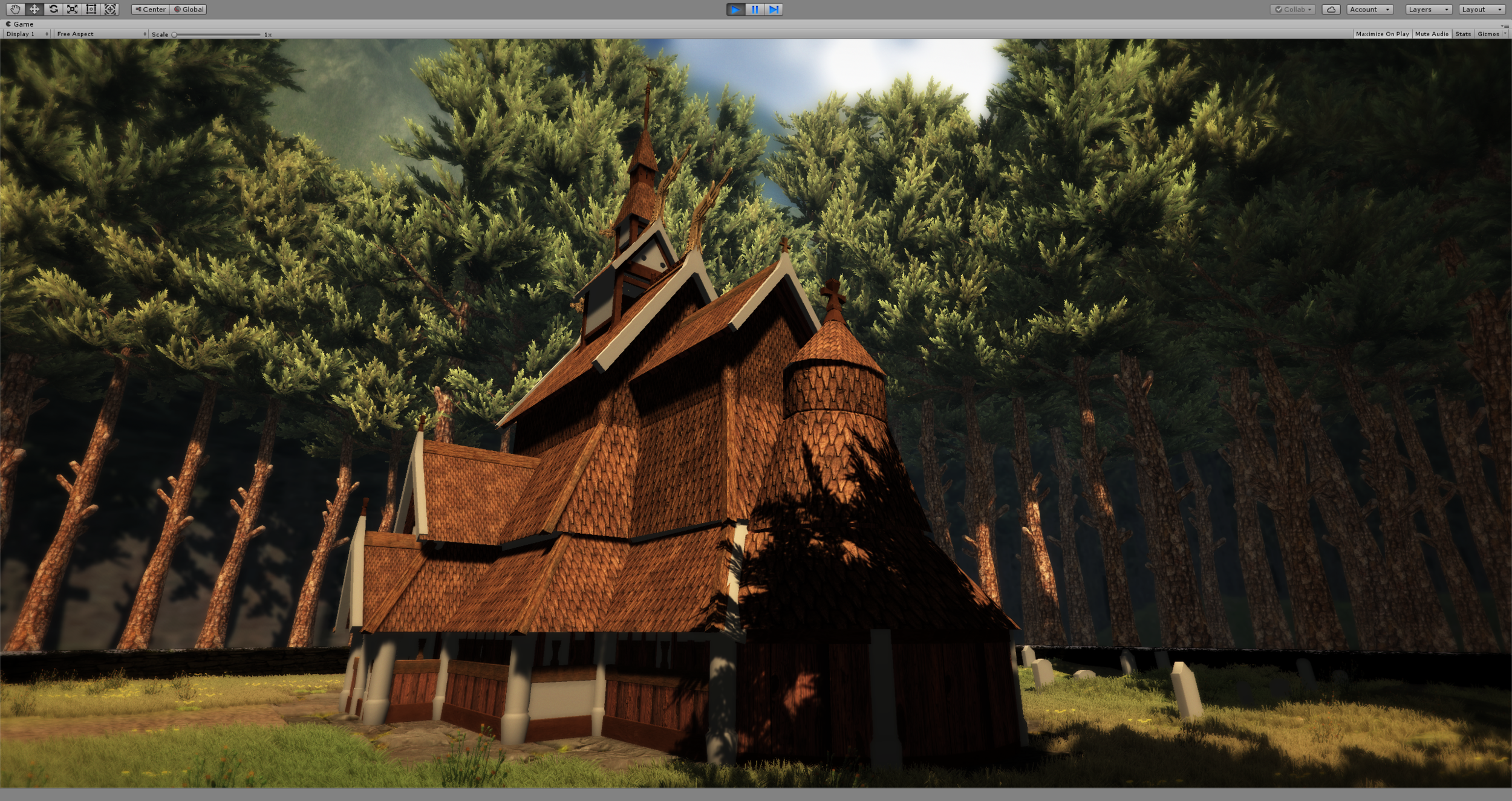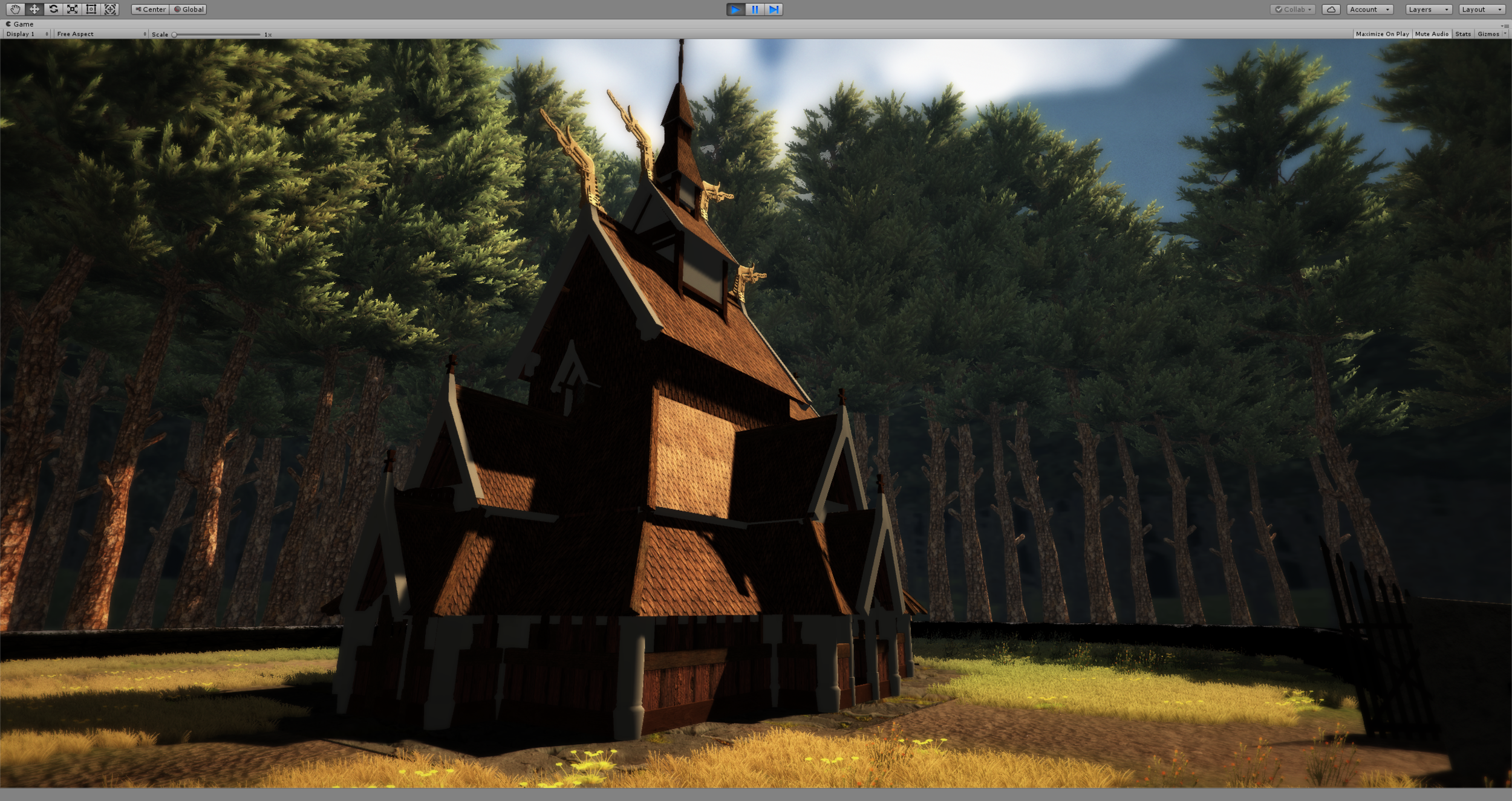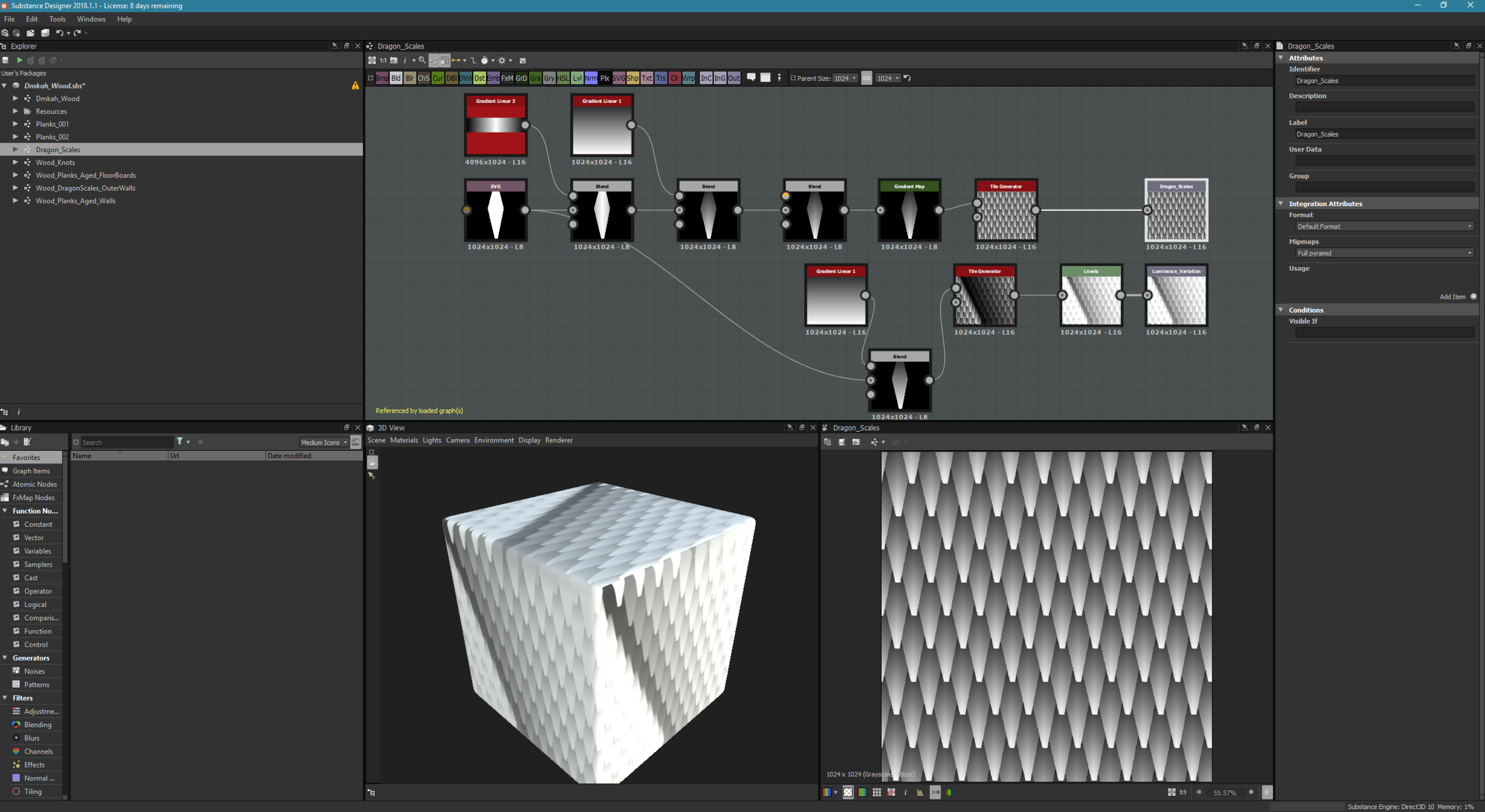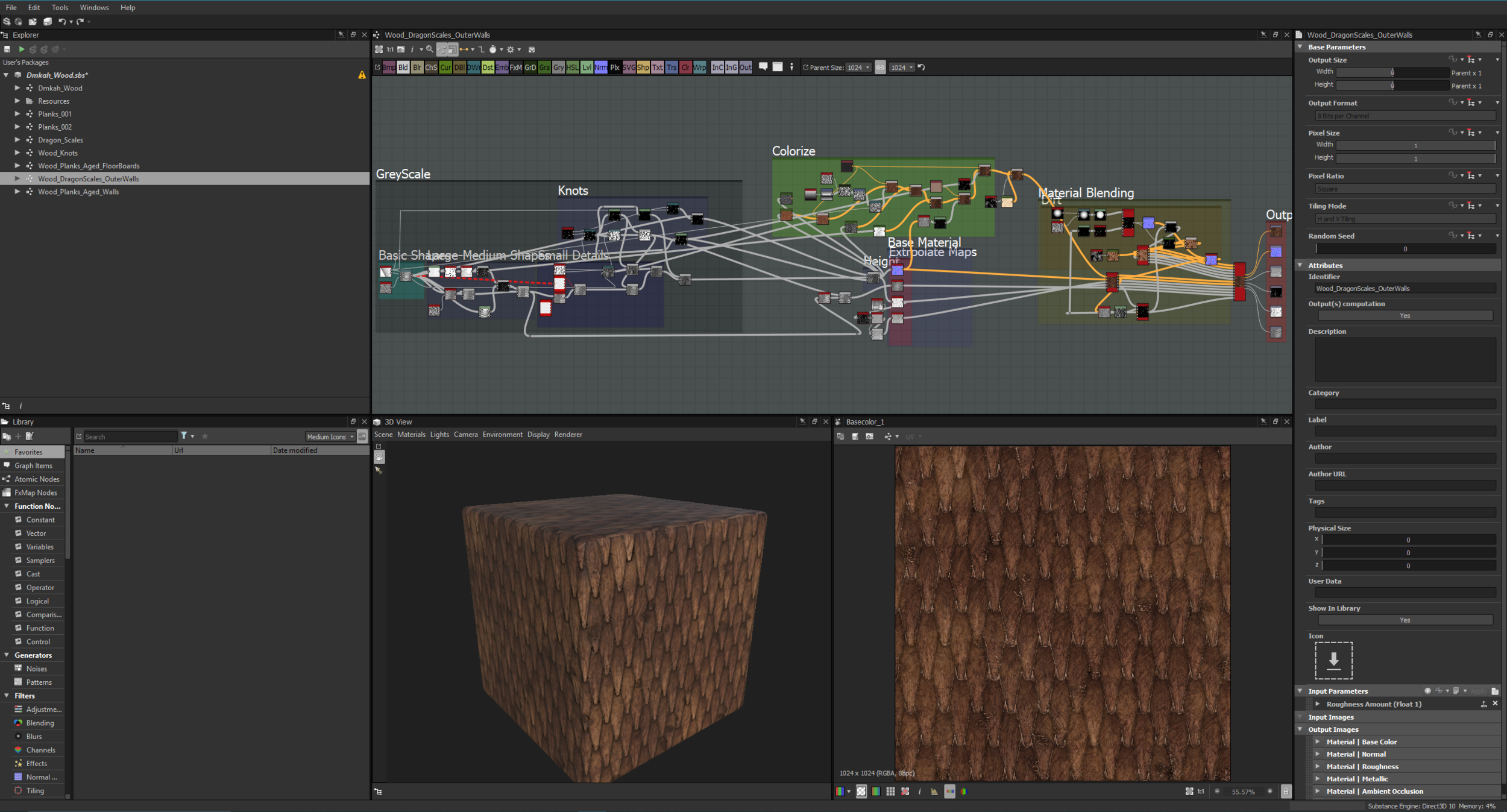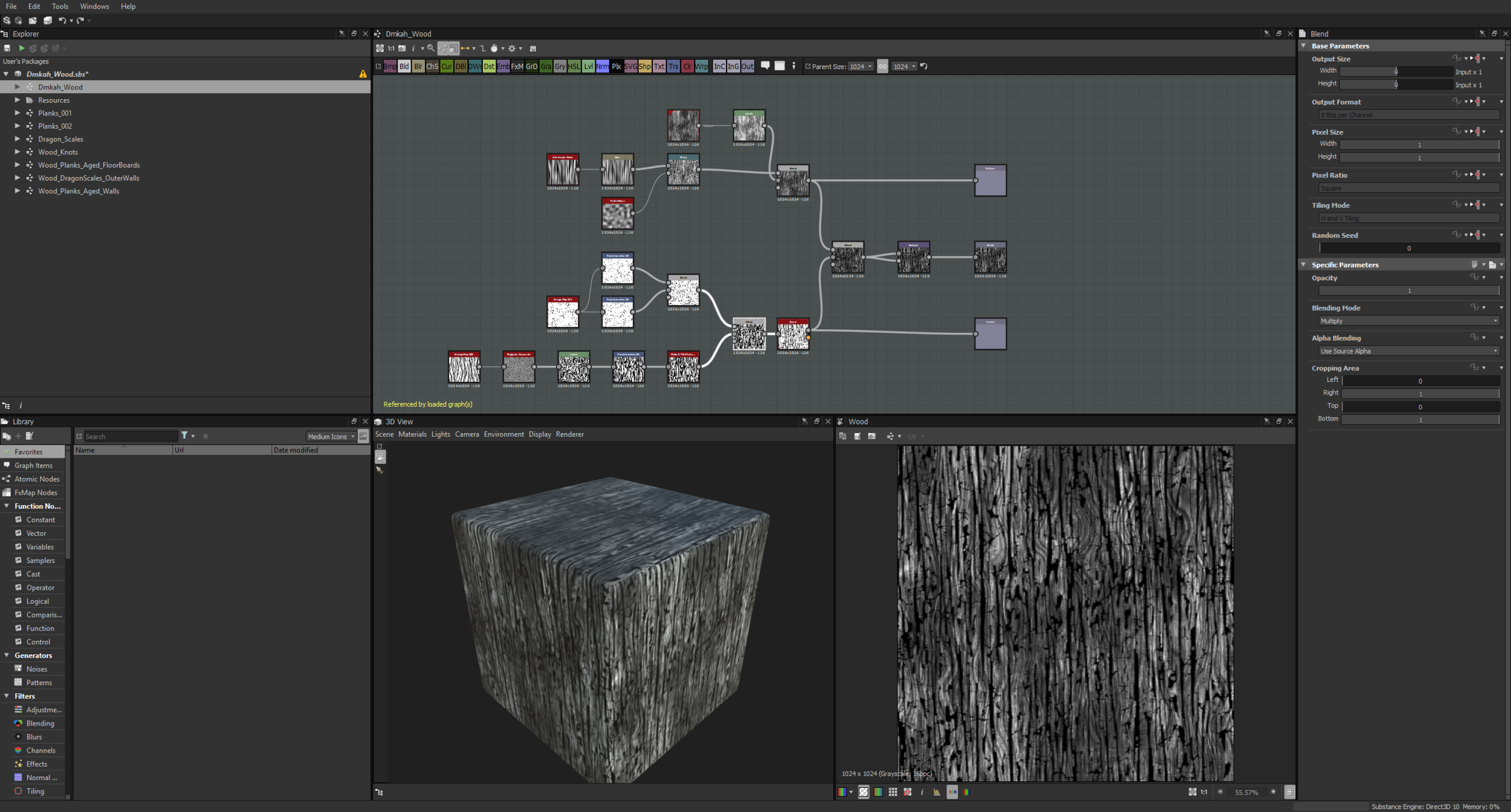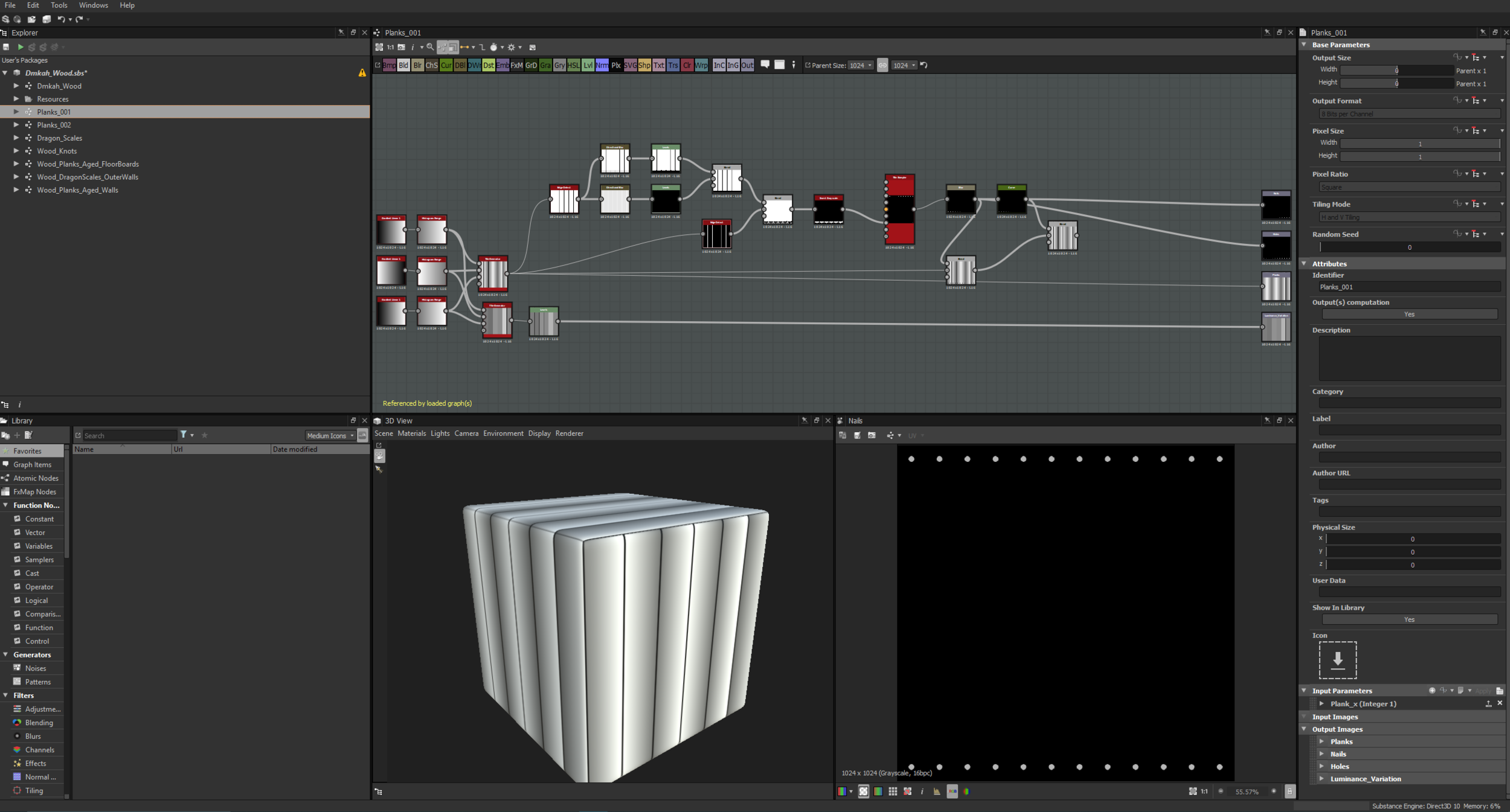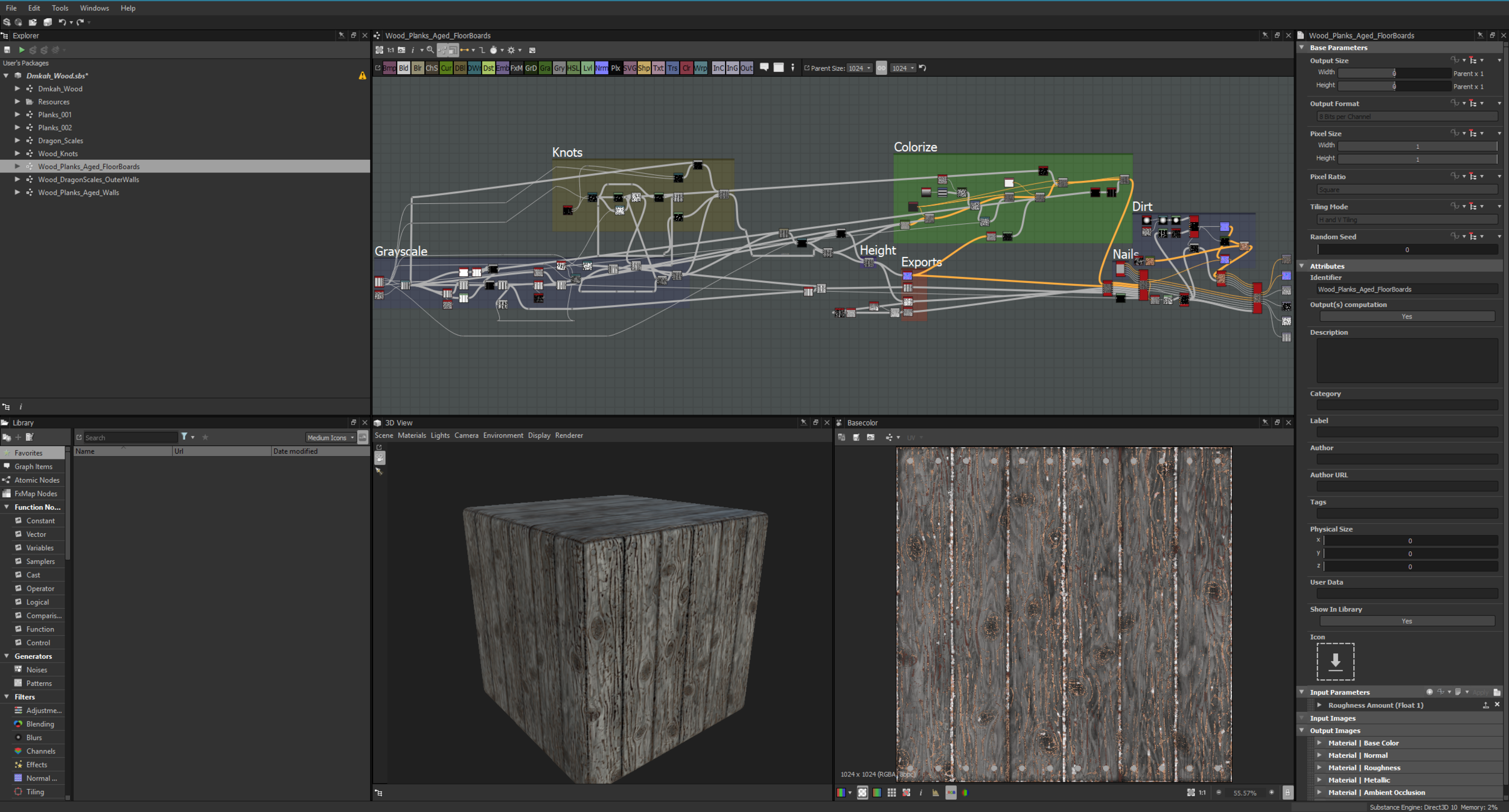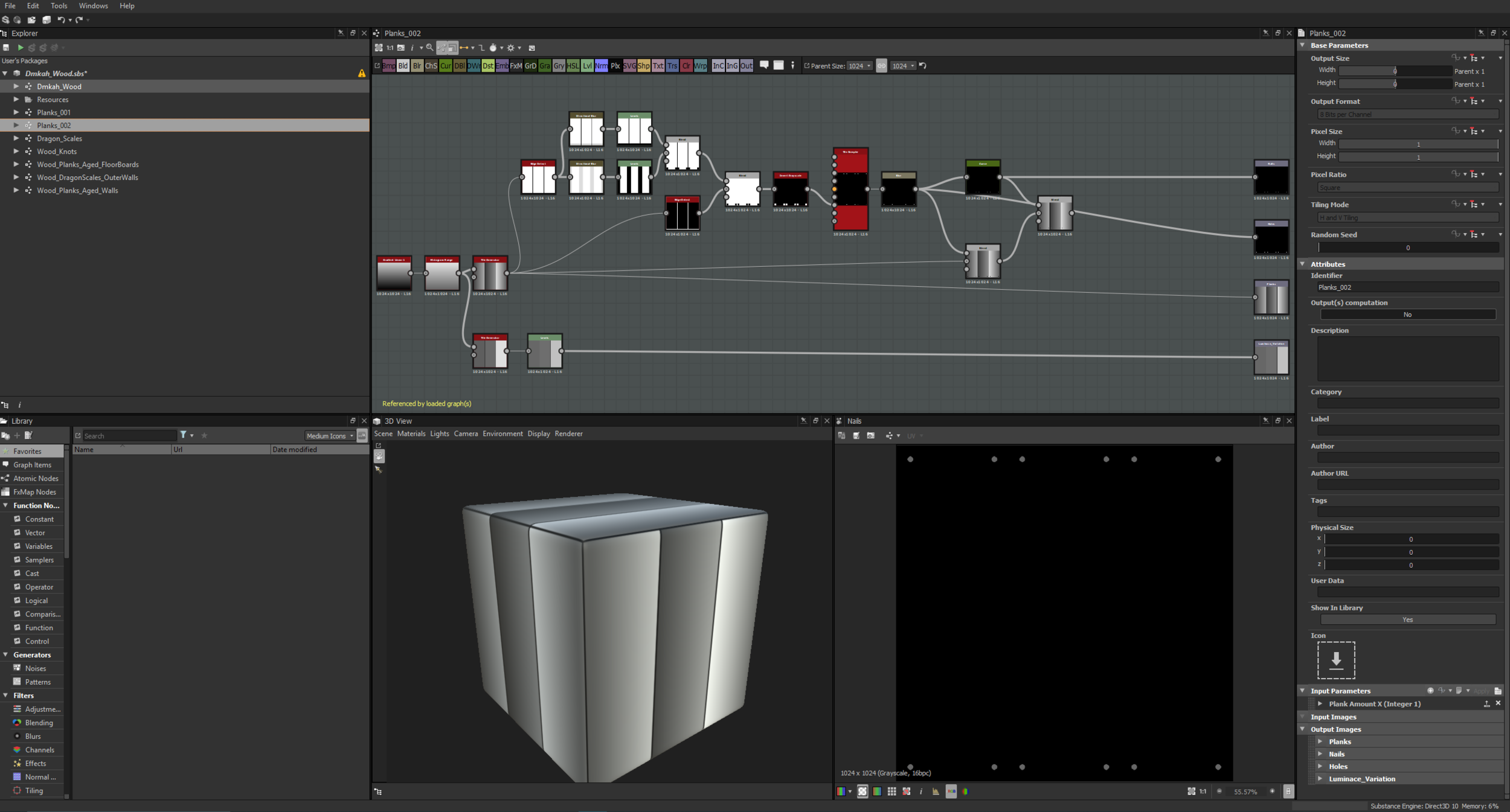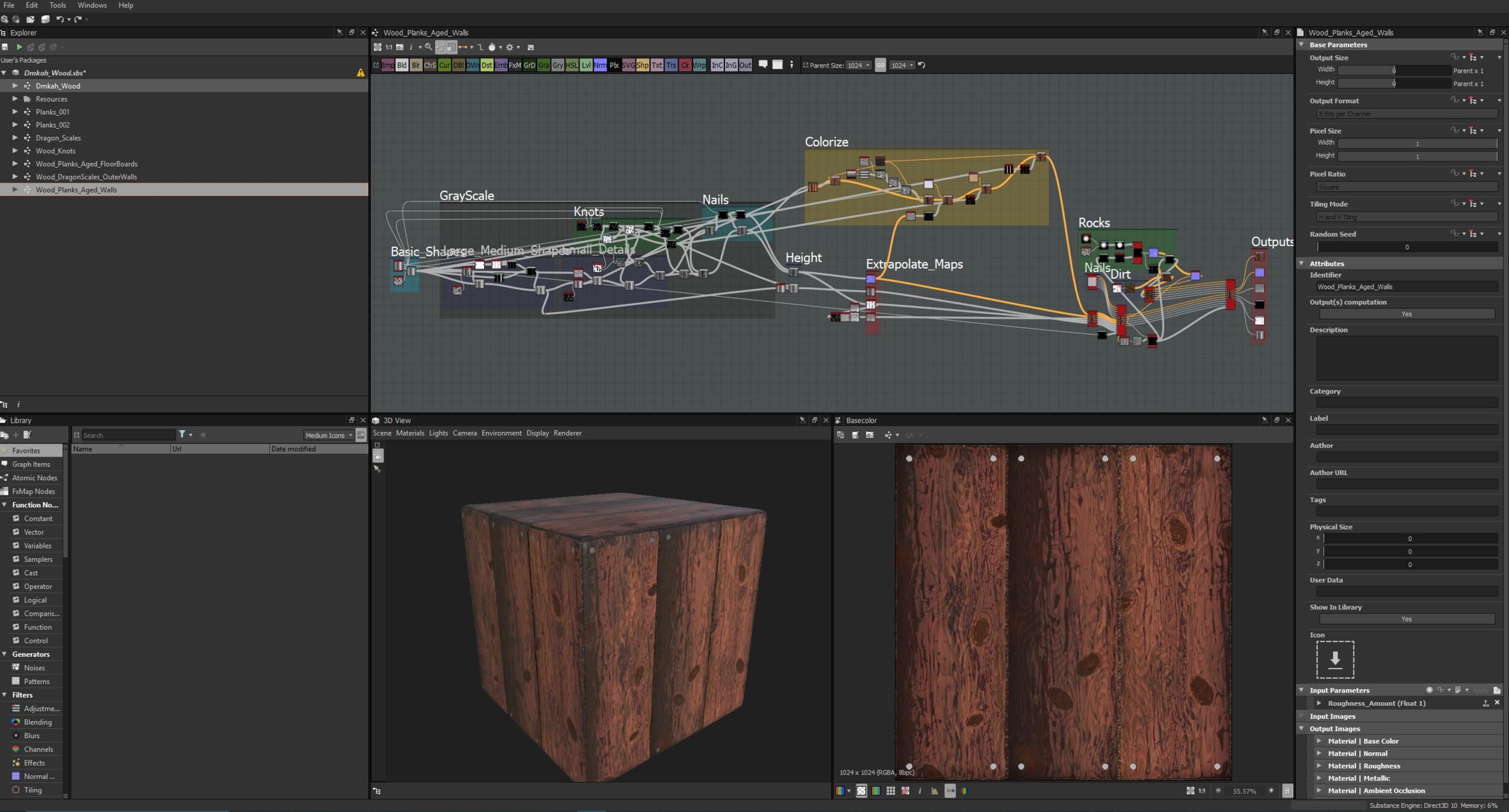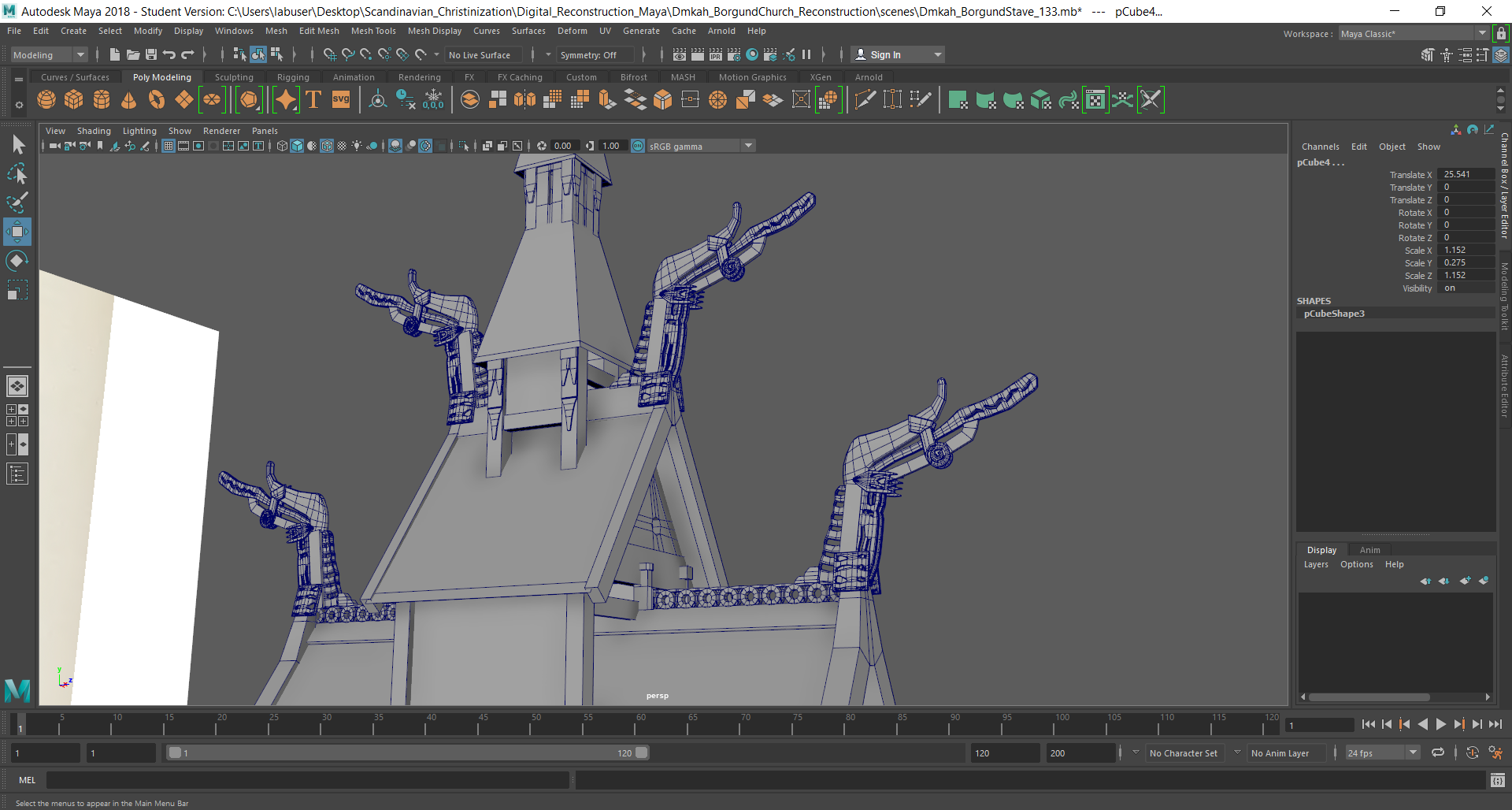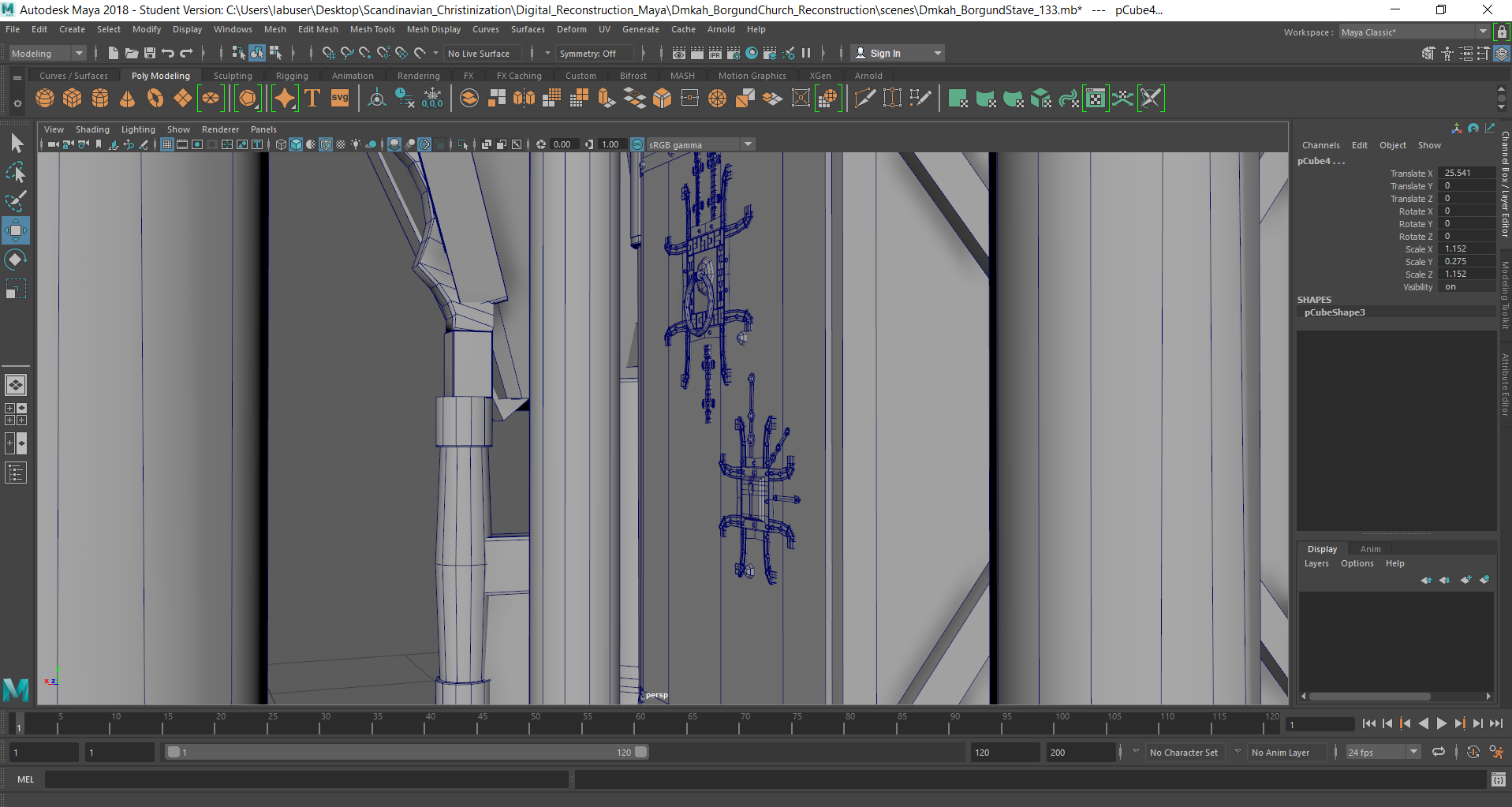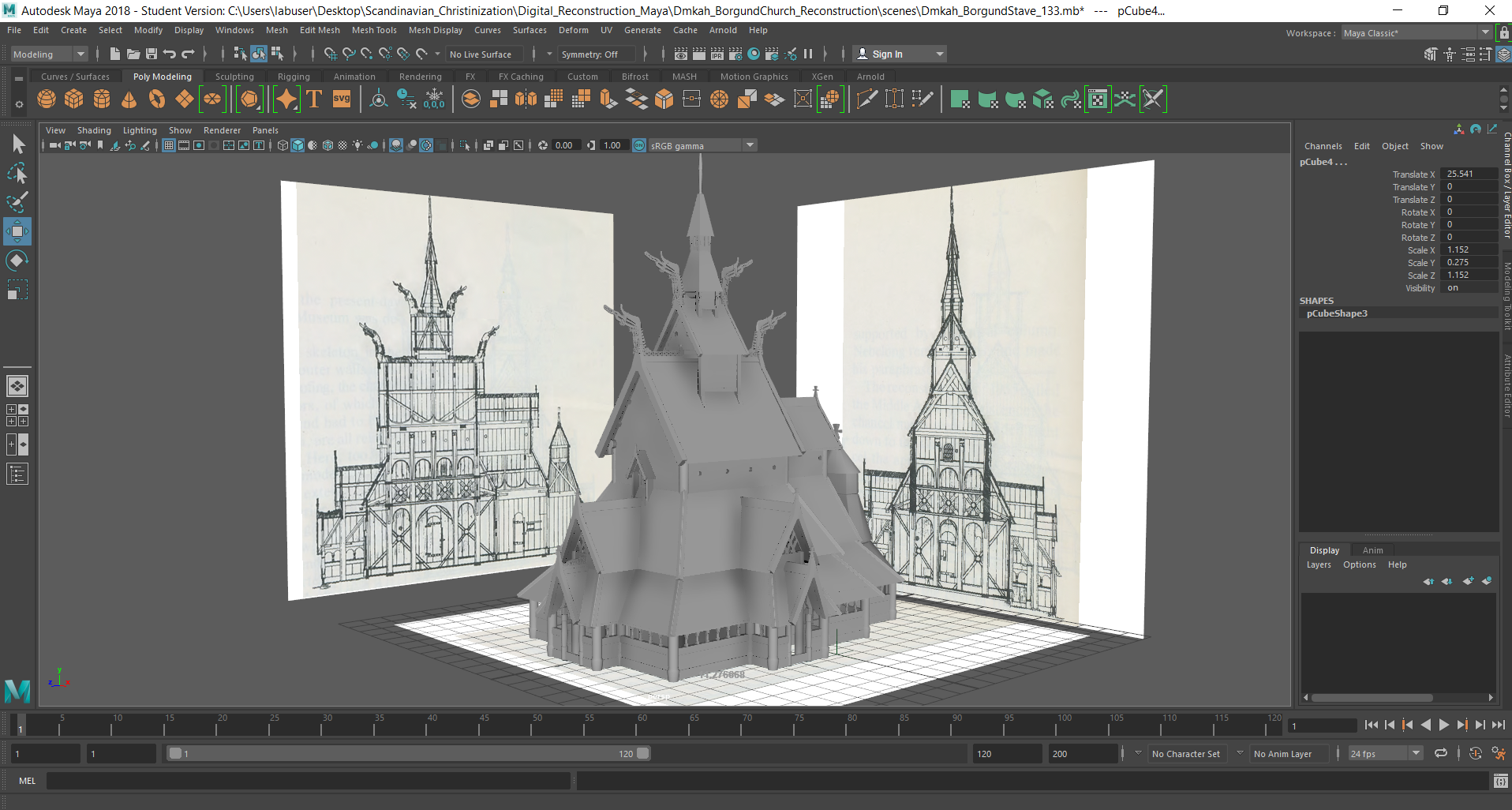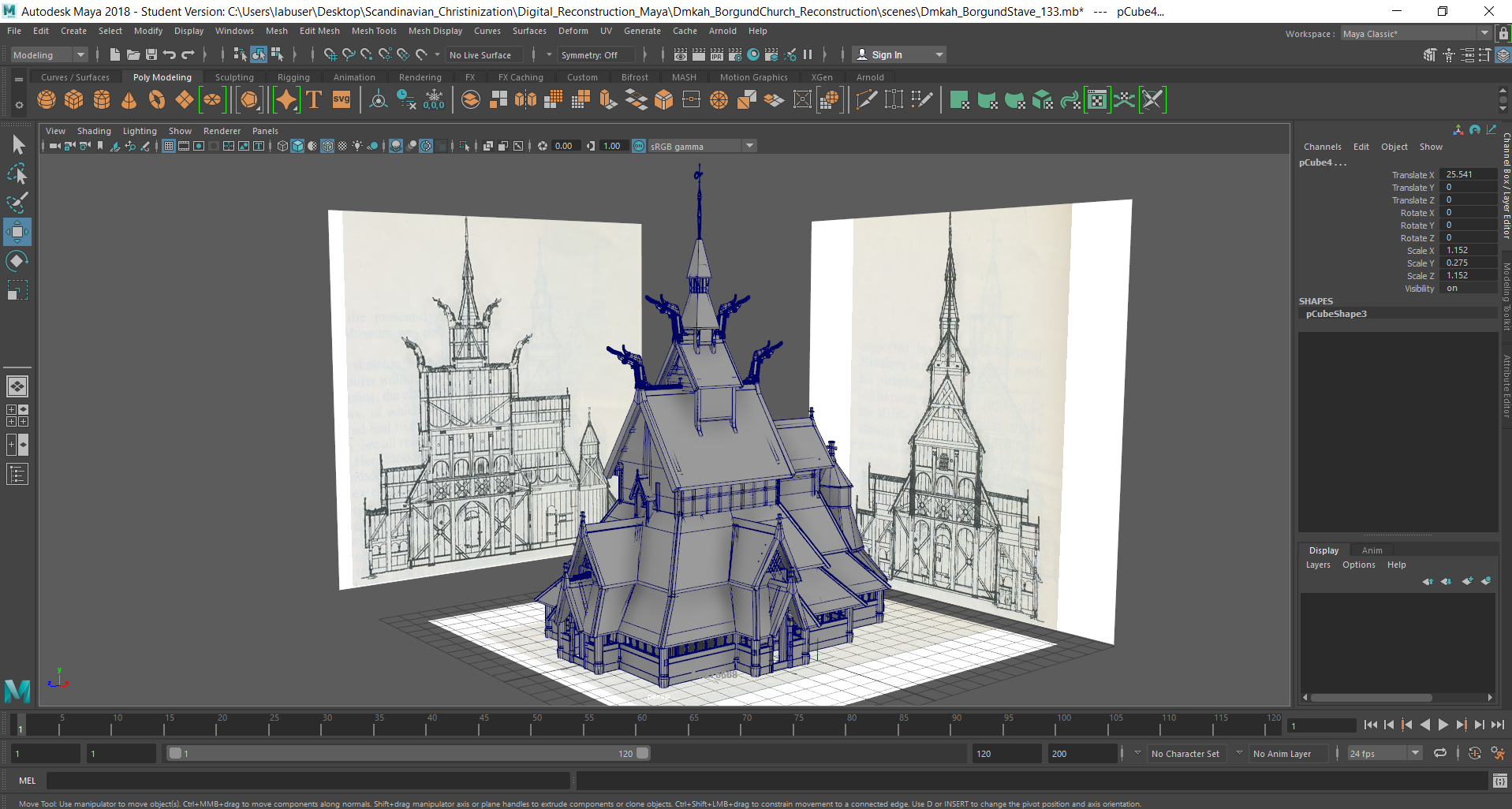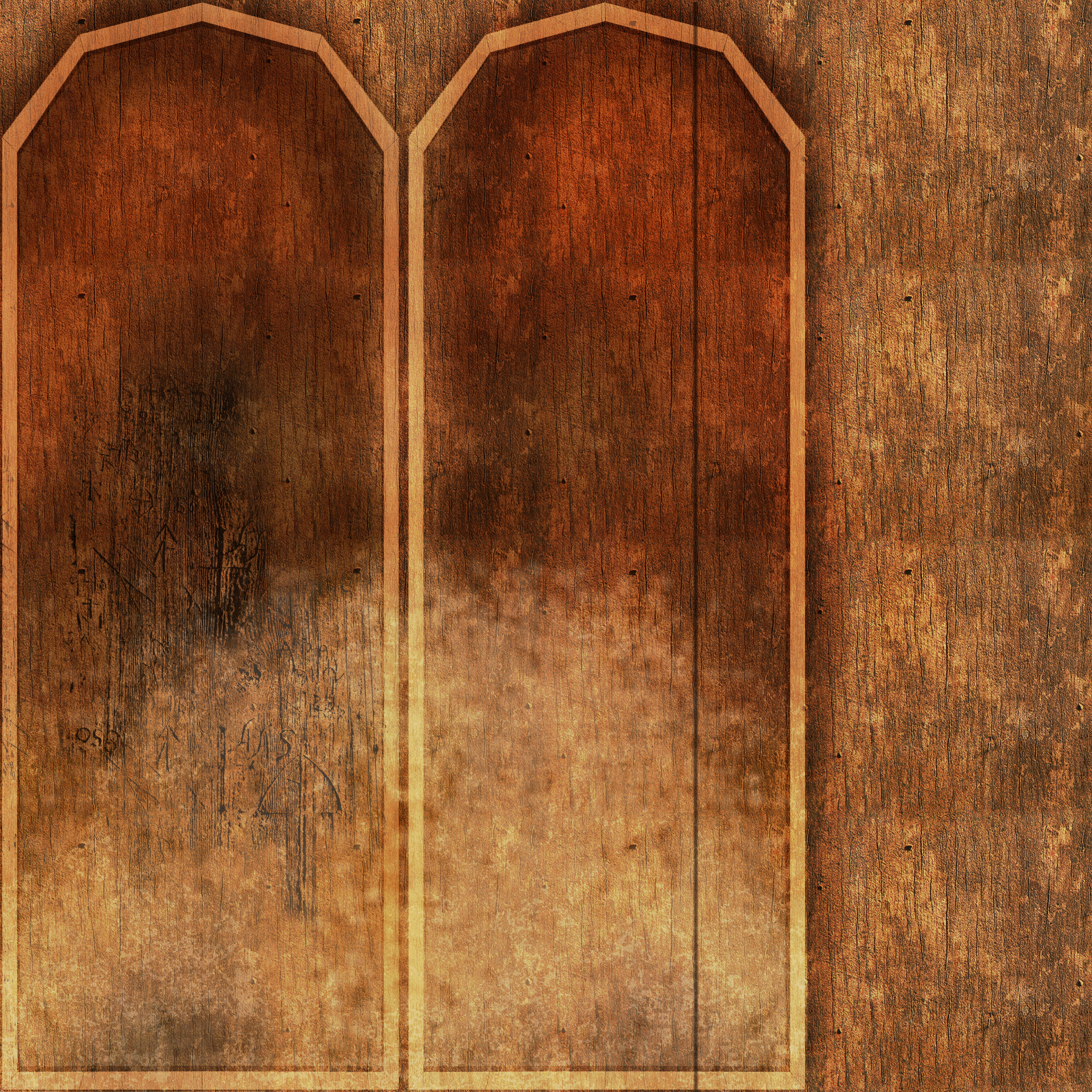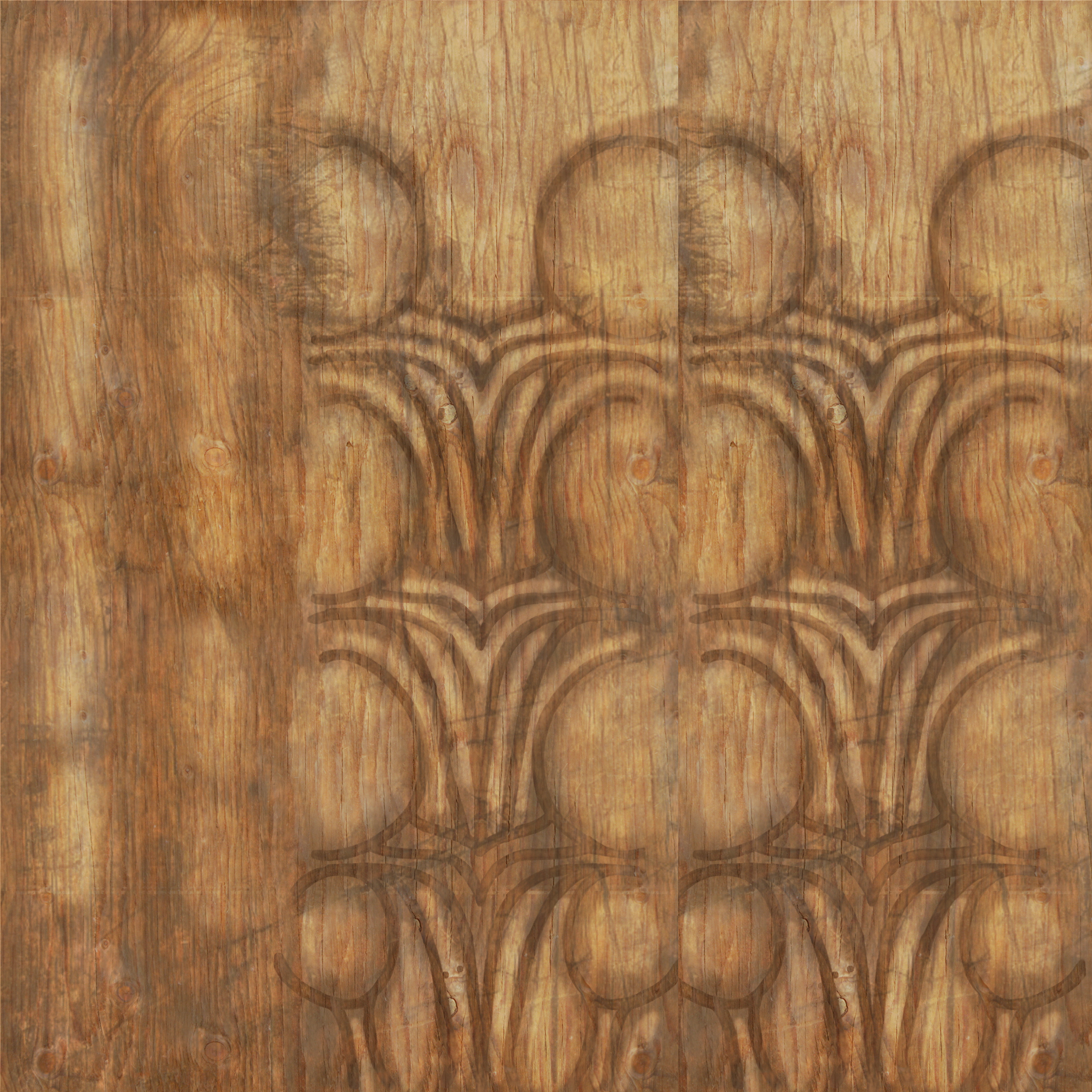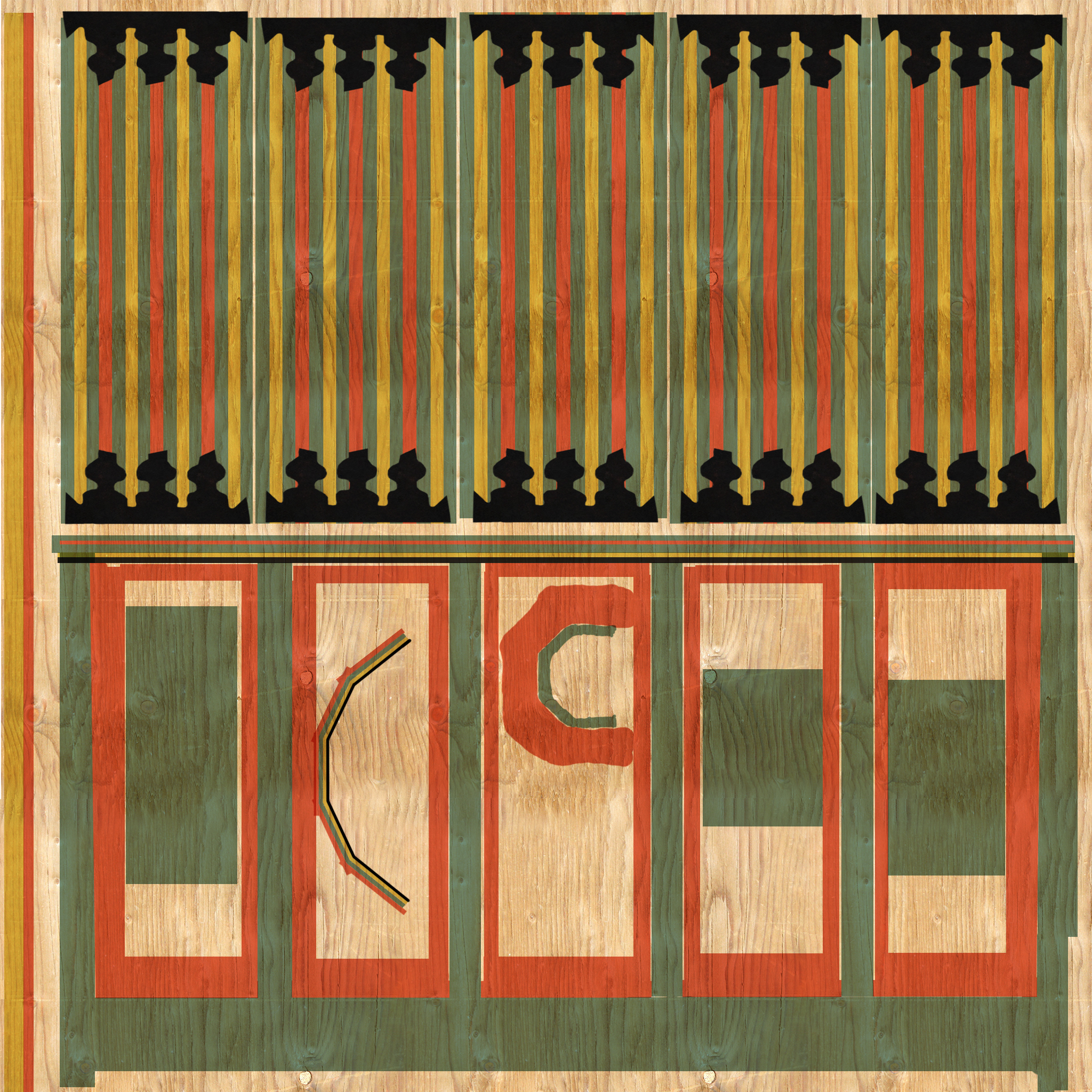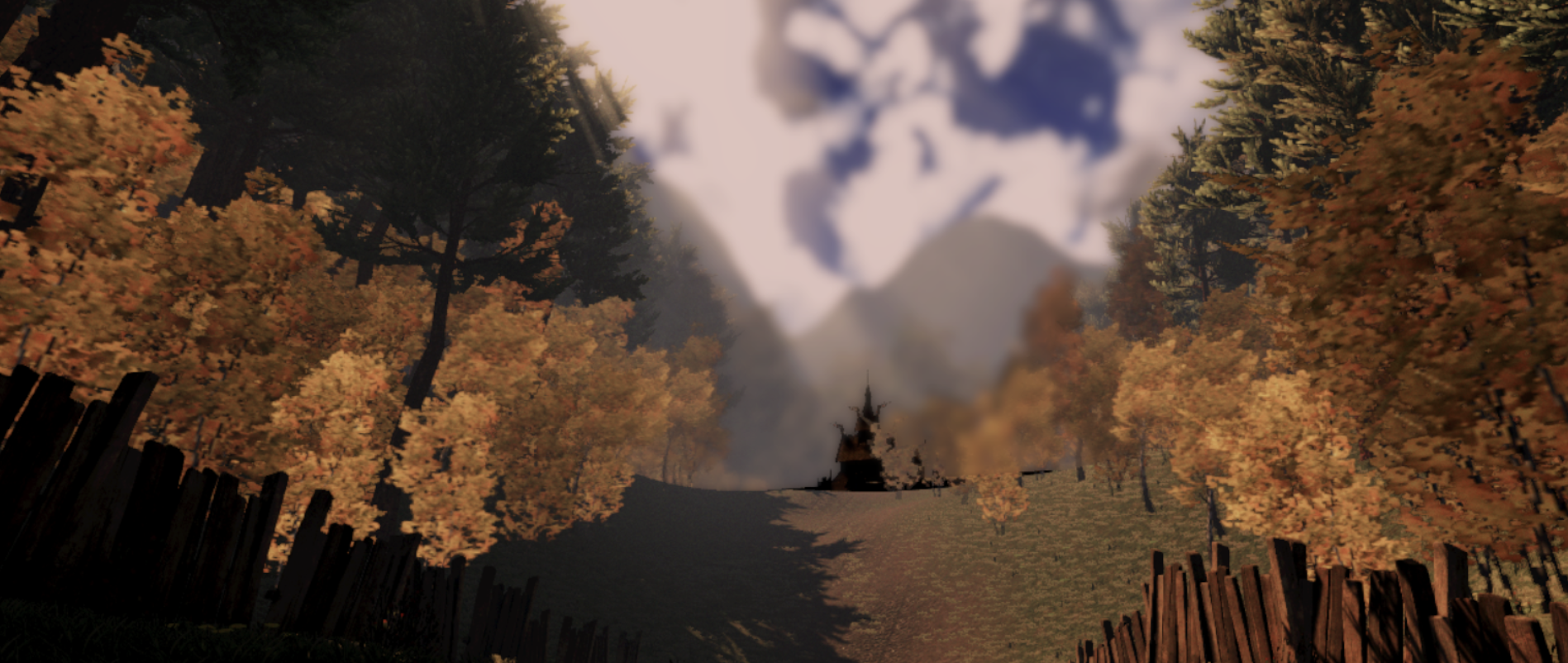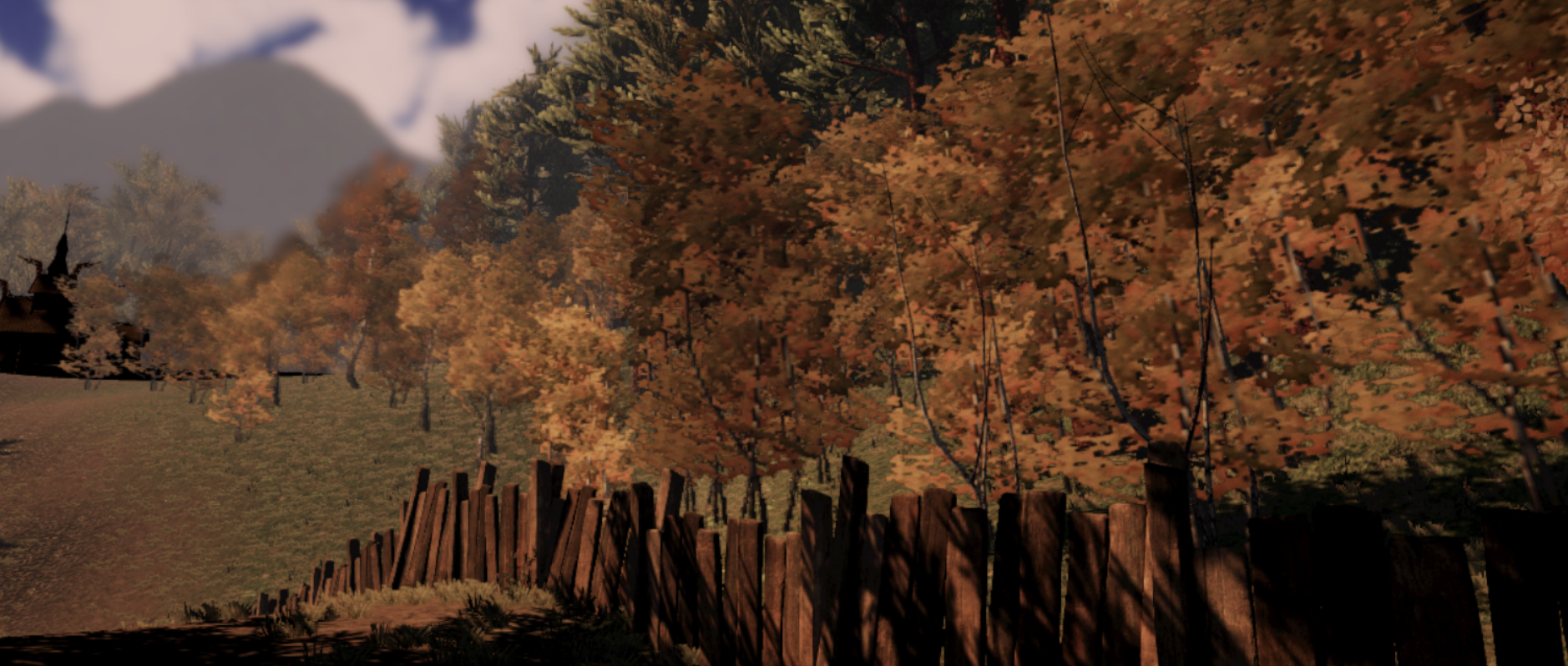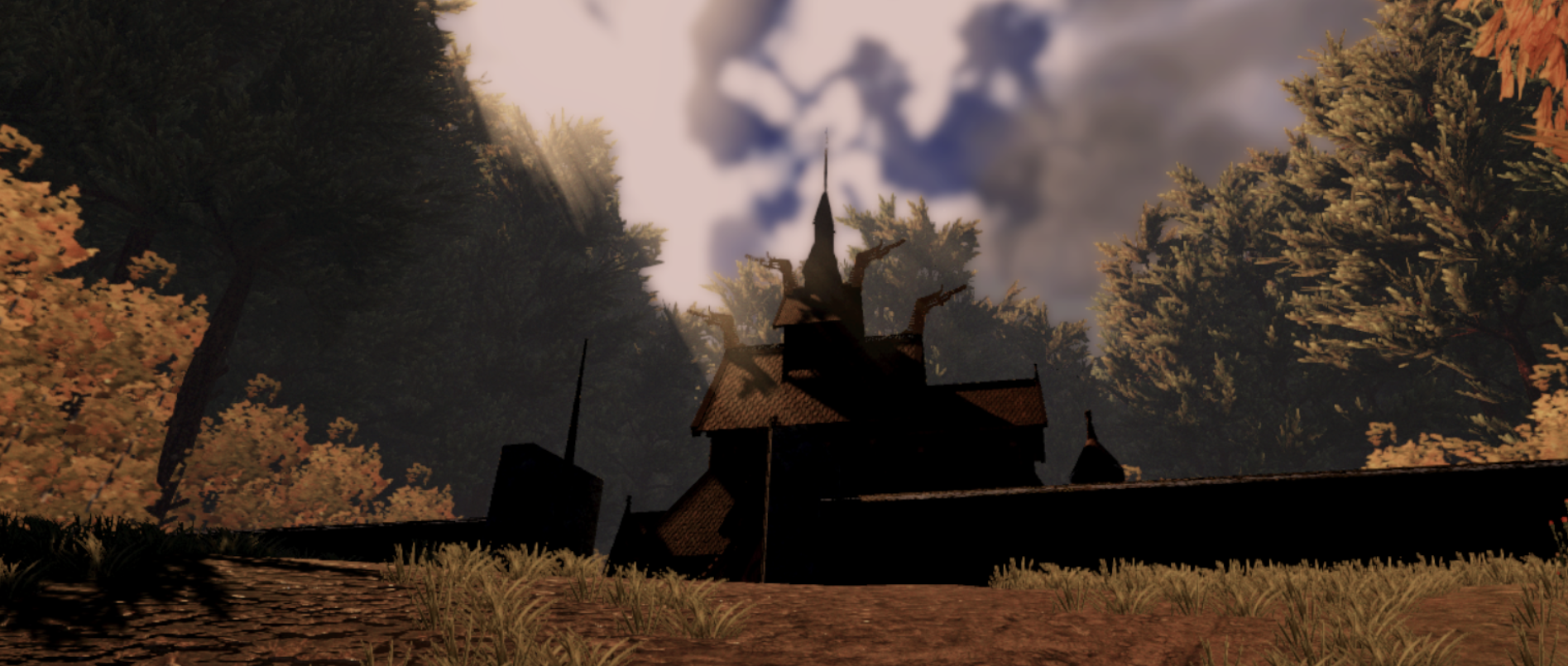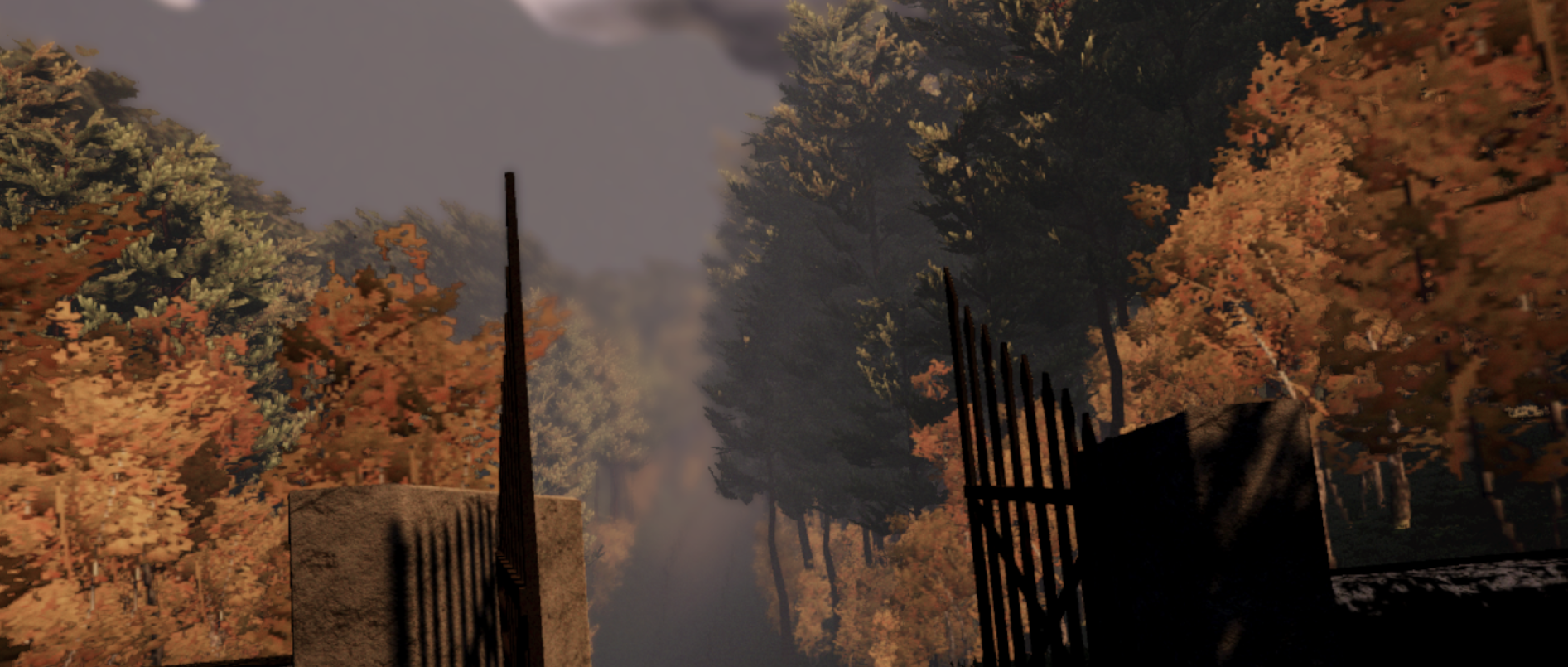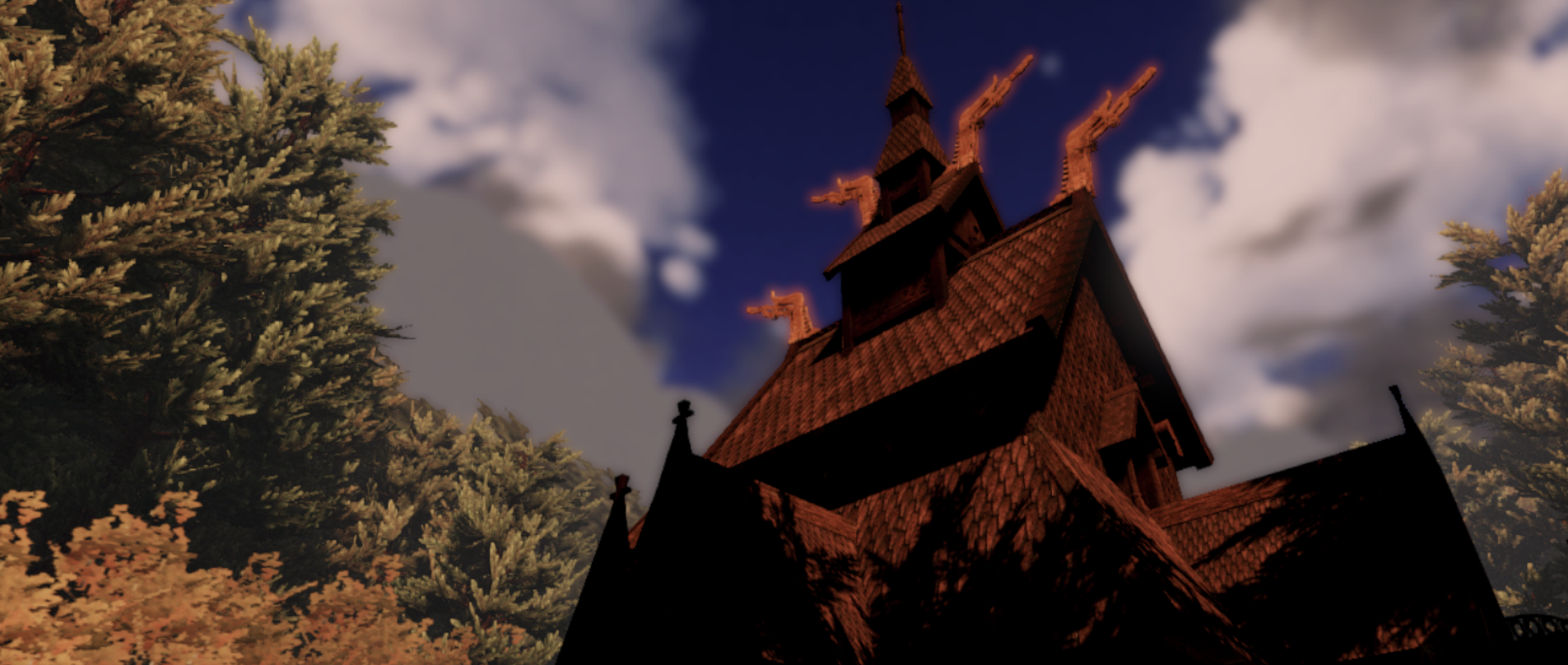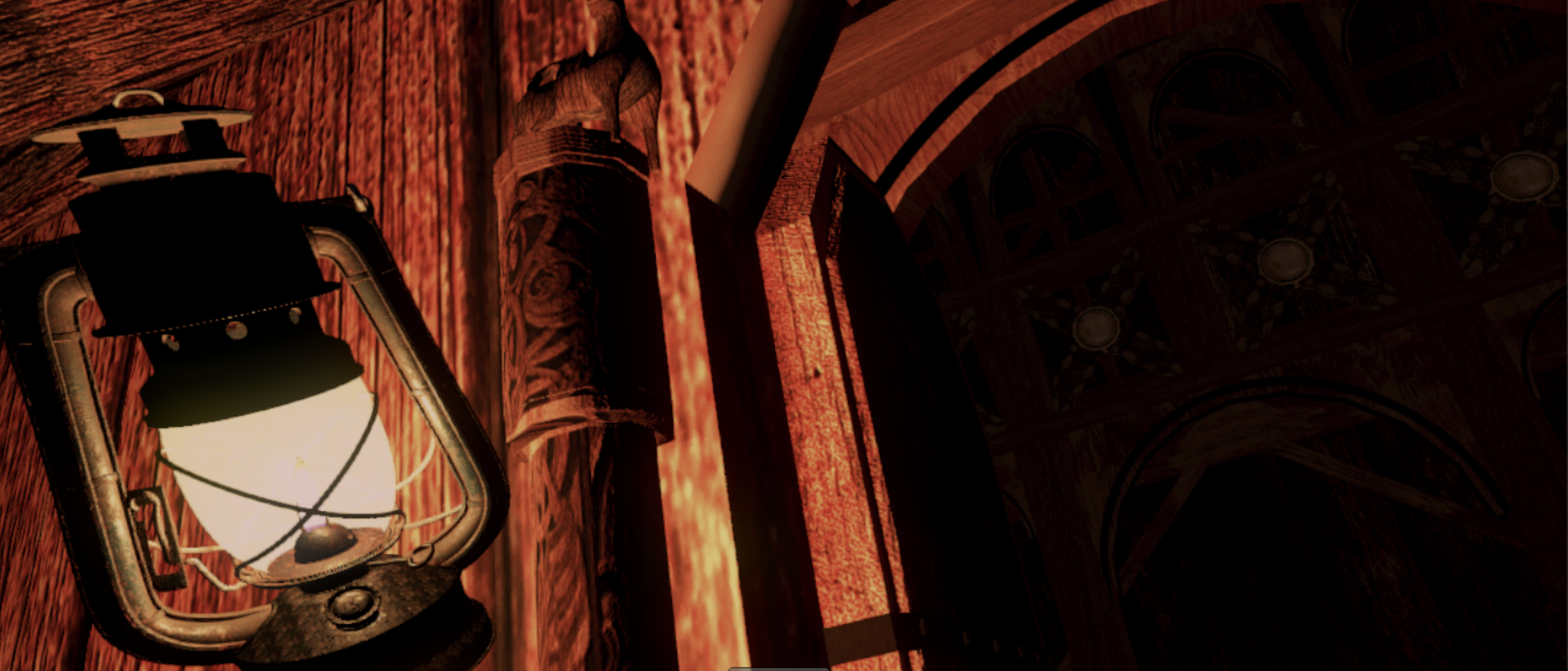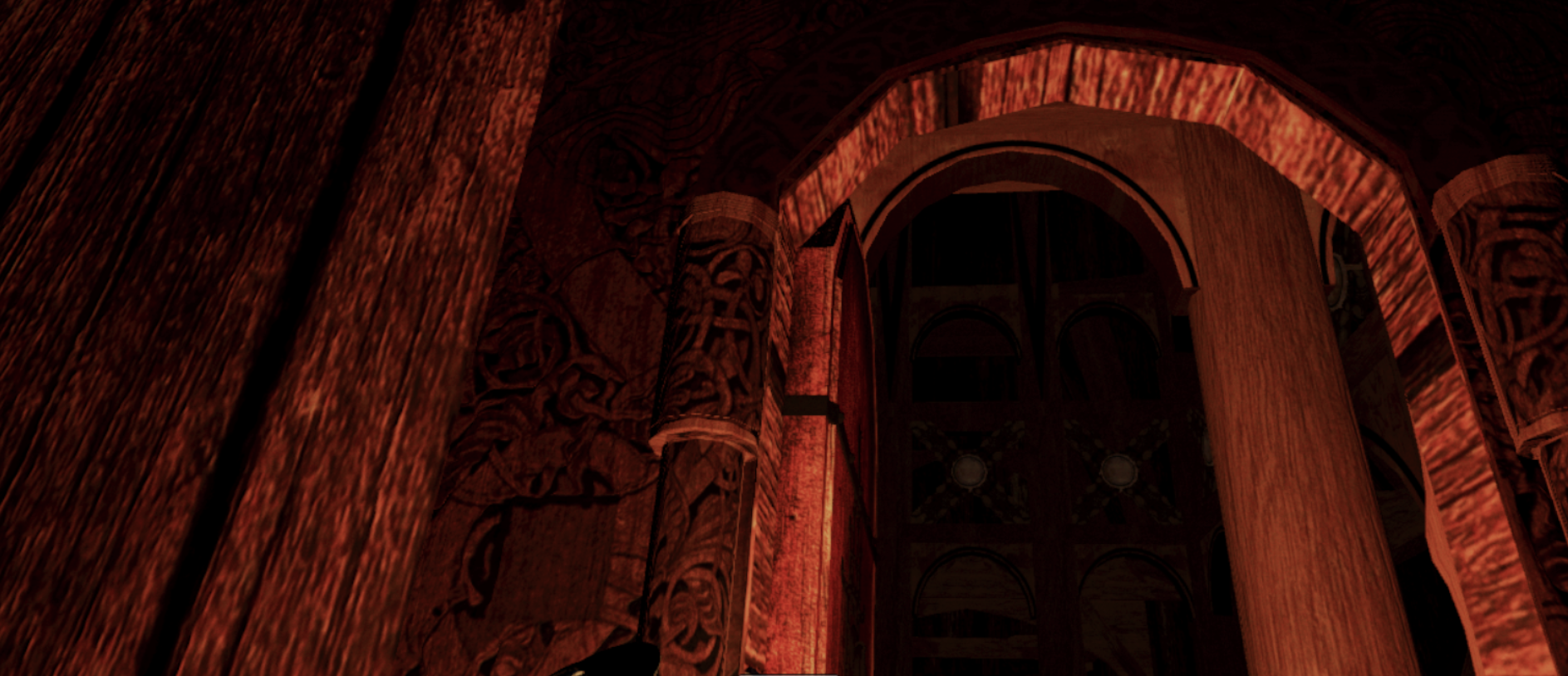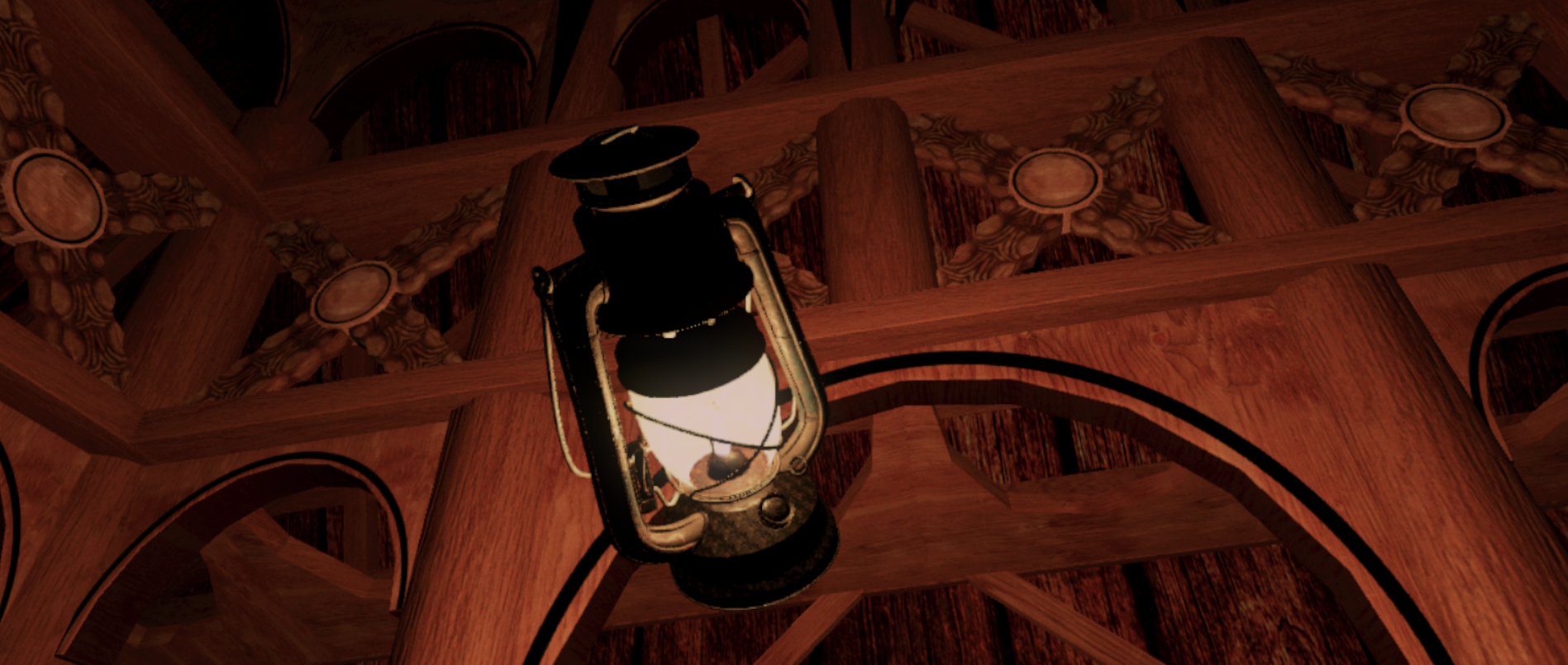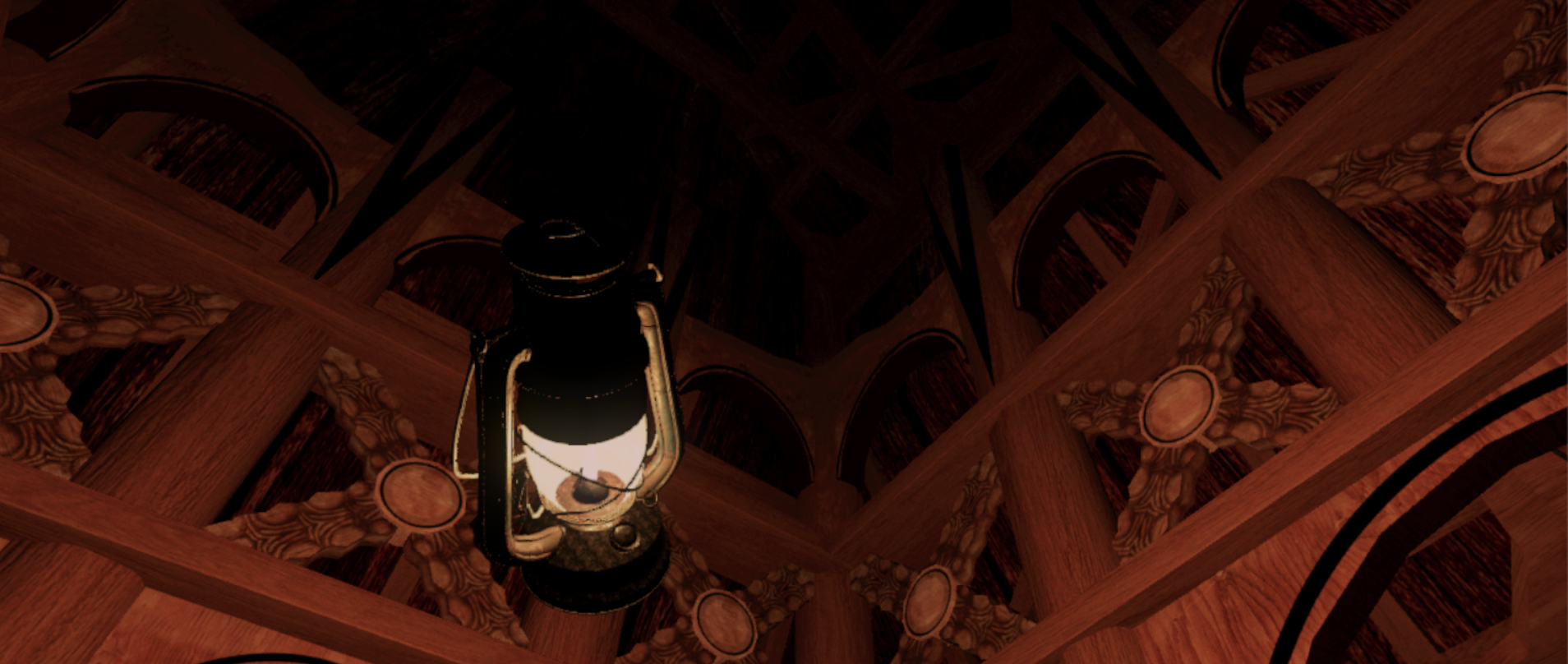Learning History Through Play︱Virtual Reality Experience
A virtual reality tour of the Borgund Stavkirke.
Abstract:
Learning History Through Play is a unique virtual reality game, that teaches students about the Hybridization of Iconography during the Christianization of Scandinavia .The setting of the game is a digital reconstruction of the Borgund Stavkirke (medieval wooden building in Norway) in order to create a virtual reality experiential immersion, in which the user can discover the religious images (icons) of the building, learn about them, understand their historical context, and download them to 3D print as miniature reproductions.
Software’s Used:
Autodesk Maya︱Adobe Photoshop︱Unity 3D︱Allegorithmic Substance Designer︱X Normal
Responsibilities:
The methods used for the project include: (1) research in Motivation Strategies for teaching and how Optimal Levels of Arousals can lead people into deep states of “flow;” Situated Learning Theory to support the use of an immersive experience, and Identical Elements Theory. (2) research in Cognitive Load Theory to inform the amount of knowledge that can be retained in a learning experience; Embodiment Cognition Theory and Phenomenology to inform the interaction between a “lived body” and the environment. (3) Research and exploration of technological instruments for the construction and design of the game, including: Autodesk Maya for a 3D creation, exporting art assets as FBX's (Filmbox file format) and importing them into other creation-based software. Adobe Photoshop for the creation of digital paintings and textures; XNormal that works as a Photoshop plugin, used in game engines; ZBrush digital sculpting and painting that assists in the 3D modeling pipeline; Unity3D to create the virtual experience, a cross-platform game engine, and UniStorm, a plugin that attaches to the Unity3D project folder and simulates real-time lighting and weather. As an important part for the creation of a realistic virtual experience, I traveled to Norway in Summer 2018 and visited the church to recollect in a vivid experience, the perceptions I wanted to reproduce in the VR experience.
Substance Designer Texture Creation Process
The following images are a demonstration of my Substance Designer Process for creating unique textures for the Borgund Stavkirke.
Reconstruction of the Borgund Stavkirke in Autodesk Maya
In order to reconstruct the Borgund Stavkirke, I used floor plans found in other people research and references created by me when I visited the site.
Textures Creation in Adobe Photoshop
These are images of diffuse maps created for specific artefacts using Adobe Photoshop. Since the game uses low poly assets the most had to be taken out of the texturing process to sell the realness of the experience.
Screenshots of environment rendered in Unity 3D
One of the most important aspect of this project is to convey a specific mood for the location. Great care and time went into Unity 3D lighting system and Post-processing pipeline in order to achieve these results.
Substance Designer Process Video
This video is a closer look at the process that was taken to recreate the famous Borgund Stavkirke shingles placed on the structure.
Learning History Through Play Demo
This project is still a work in progress. The video is meant to show what the experience looks like when someone is playing it. Specific features still need to be implemented in the game.
